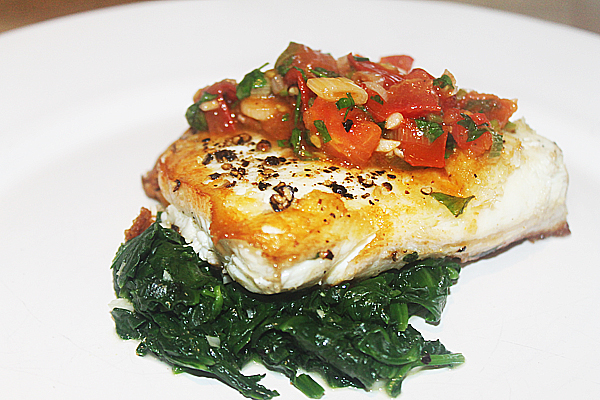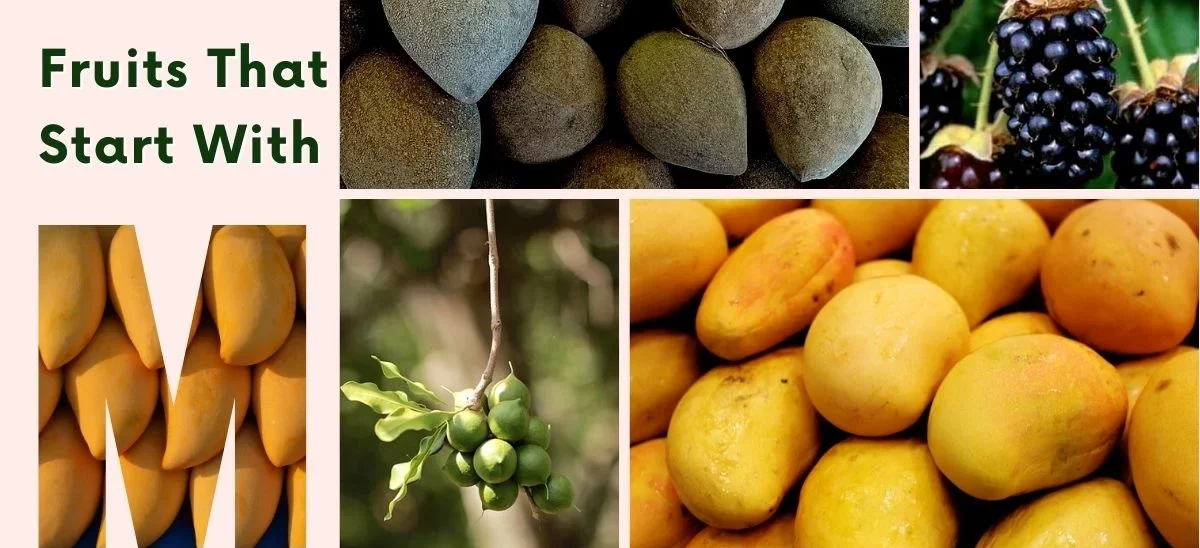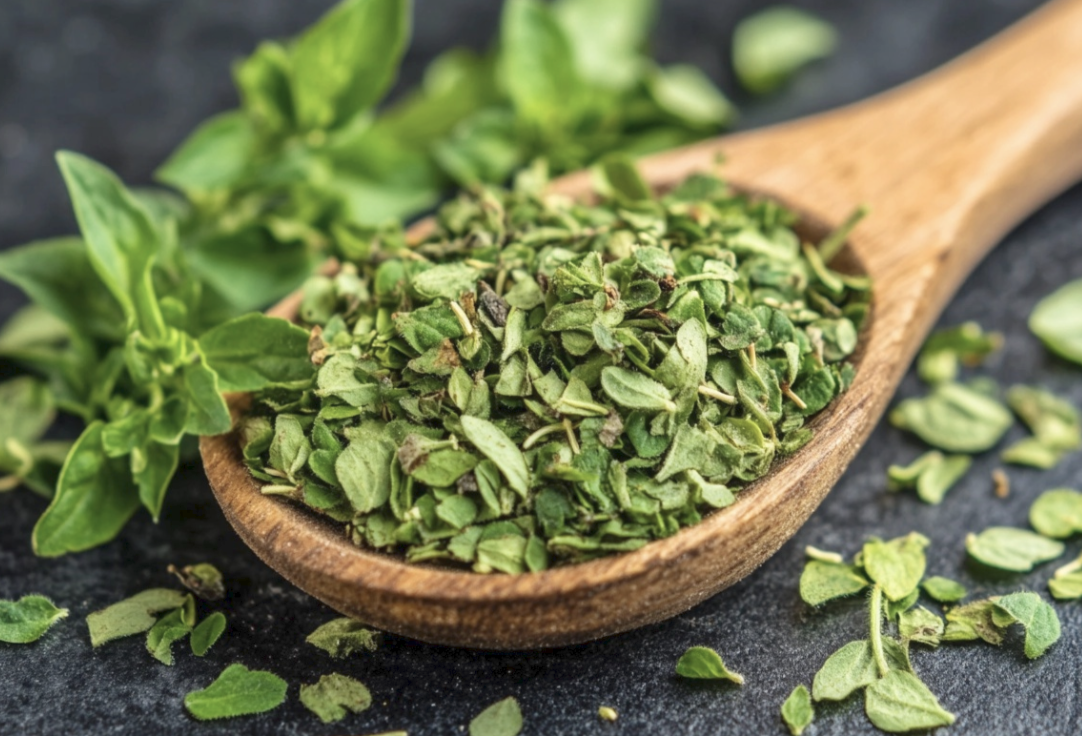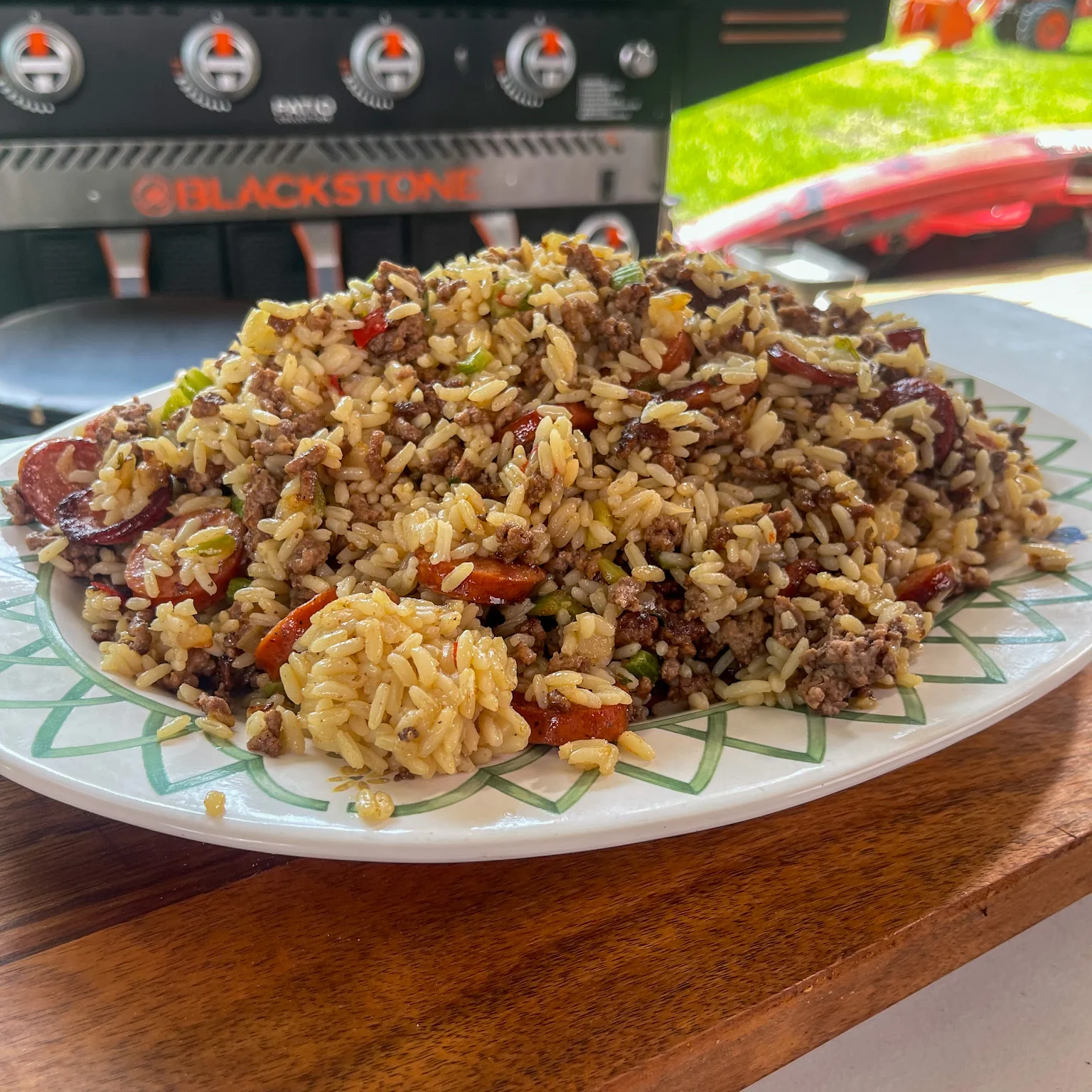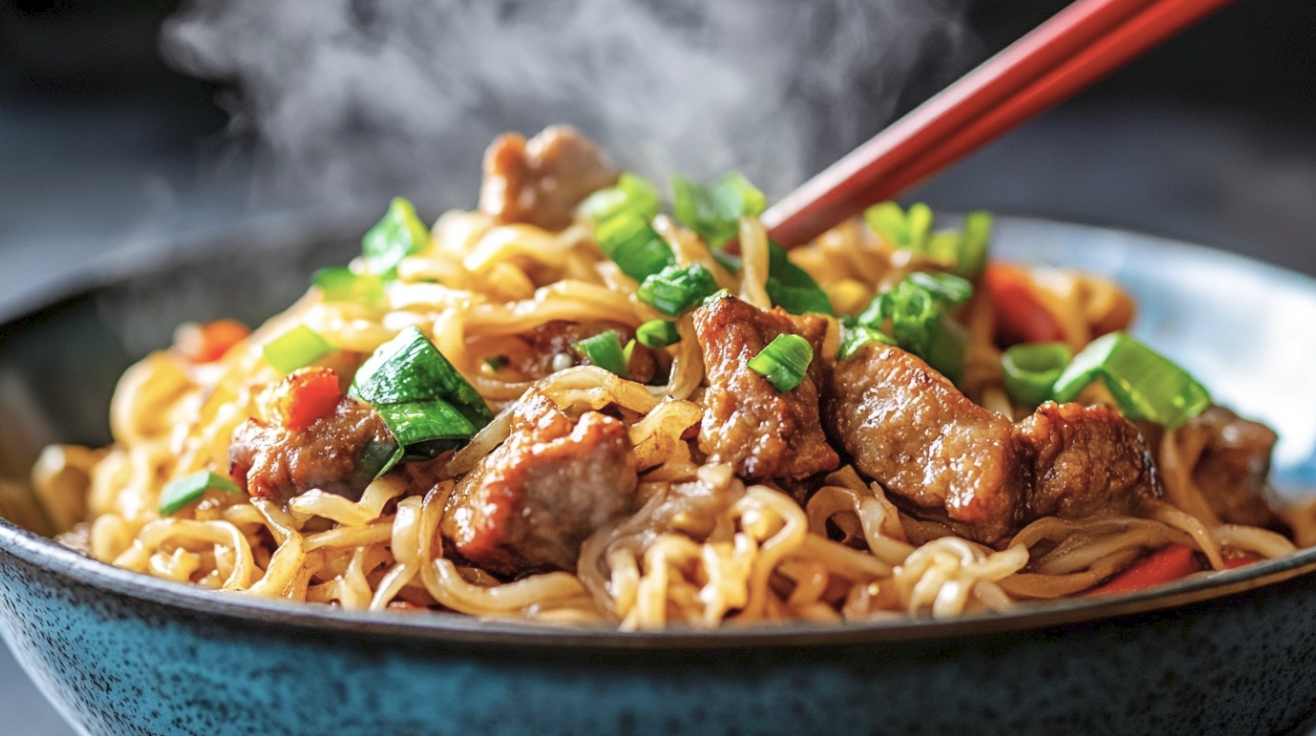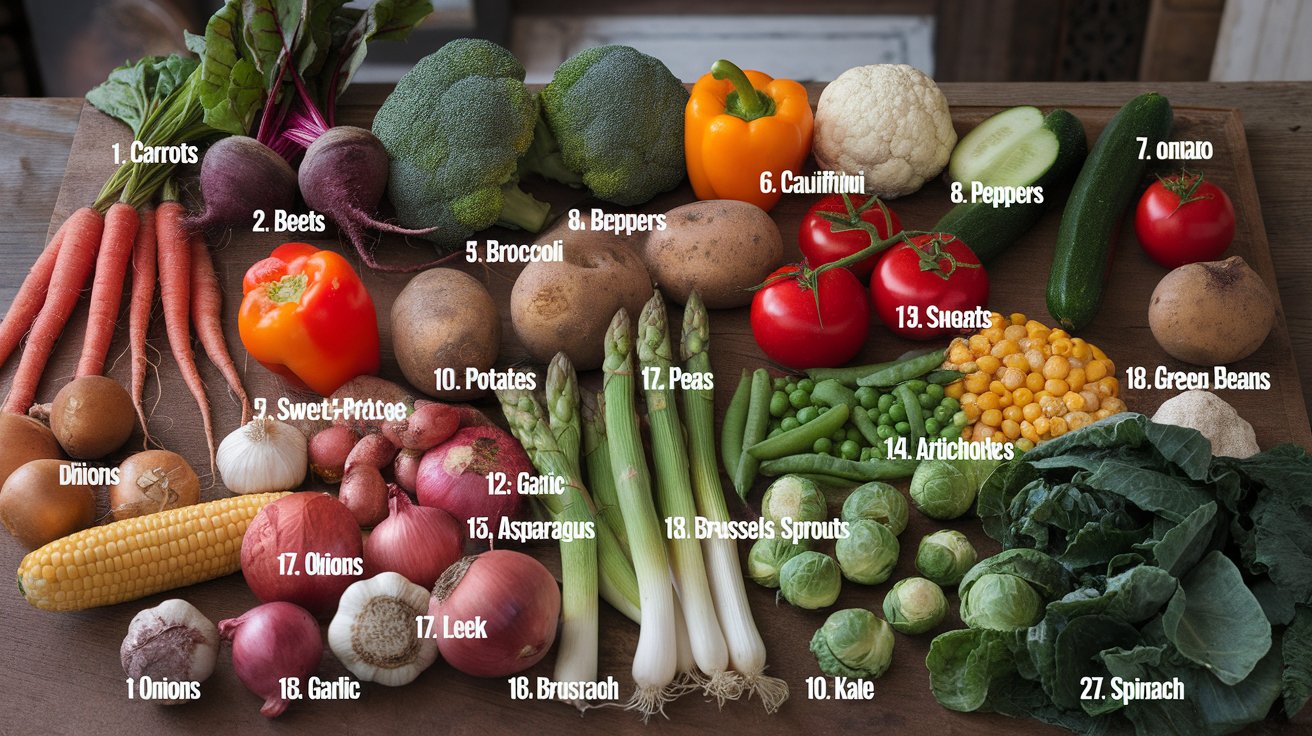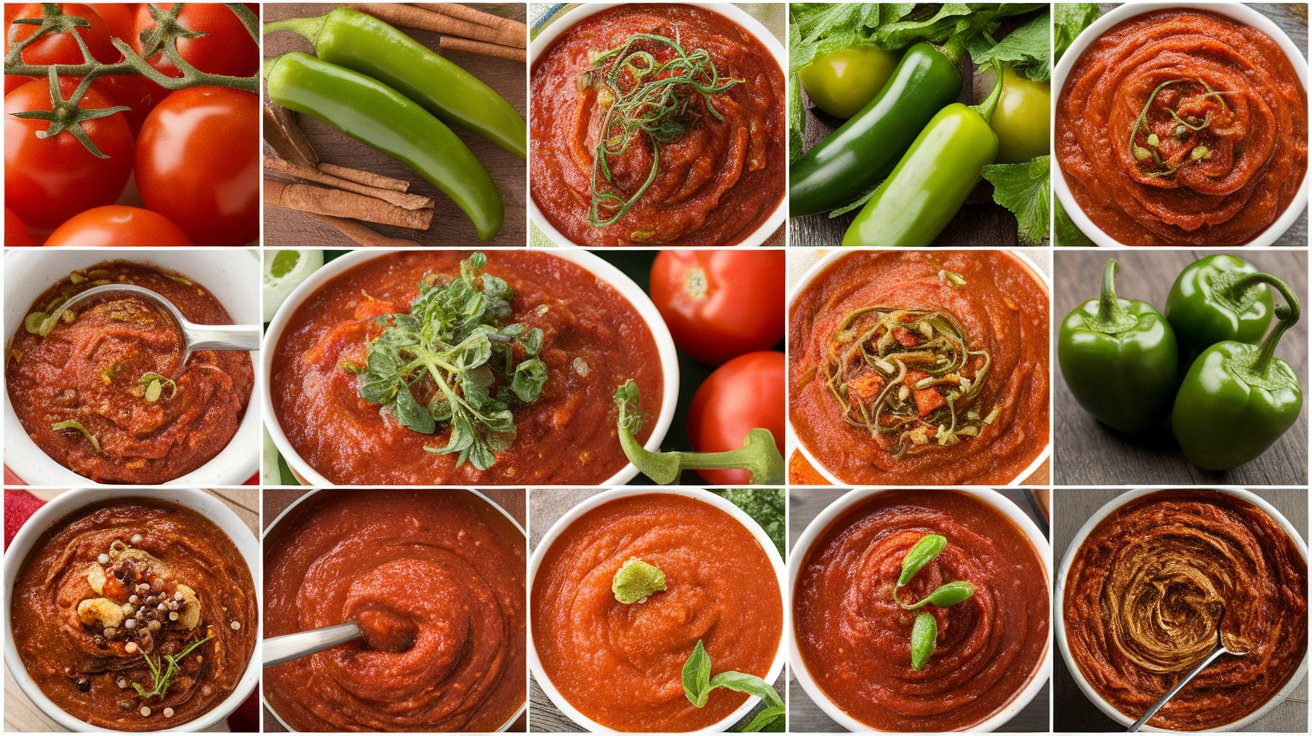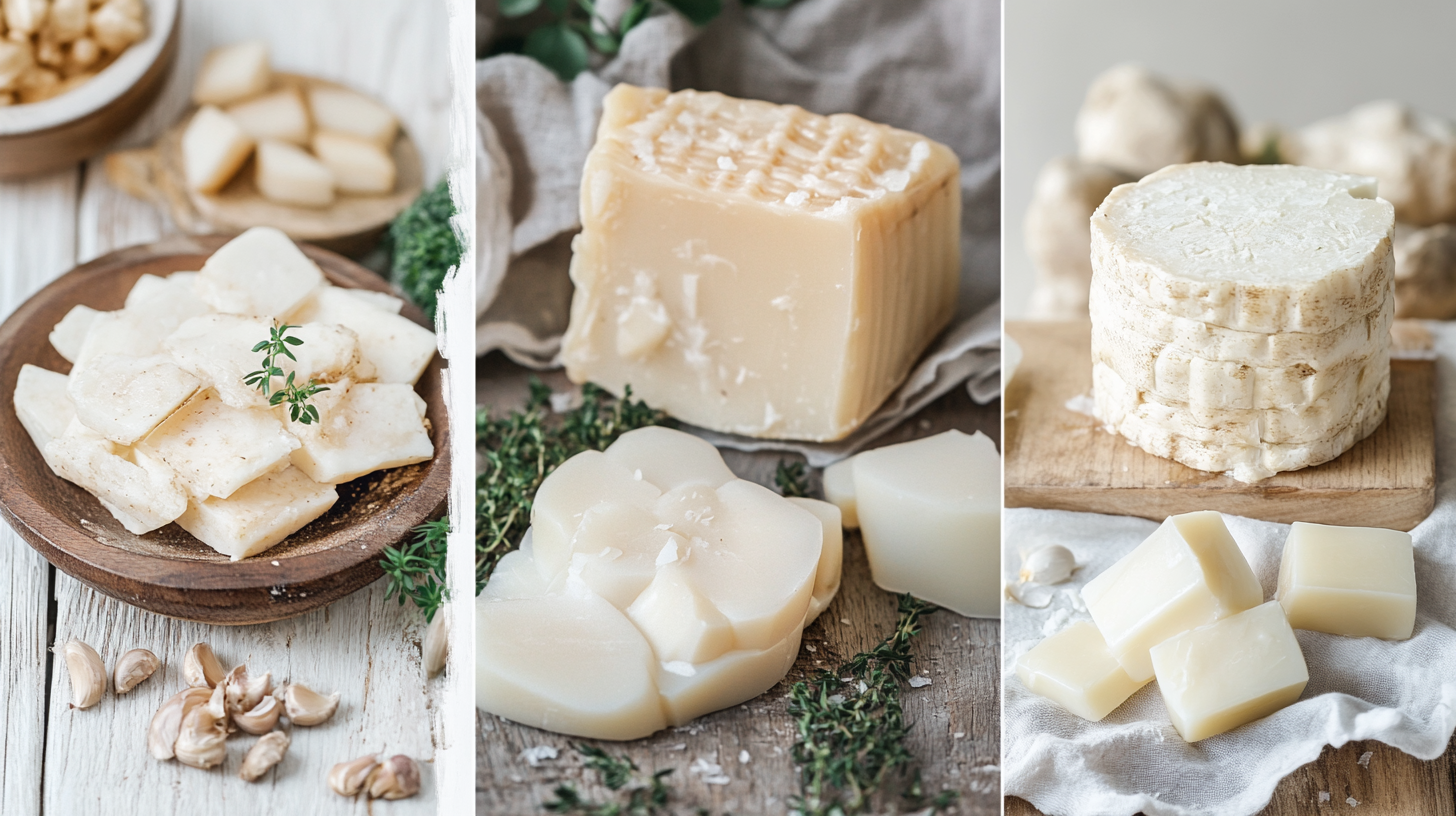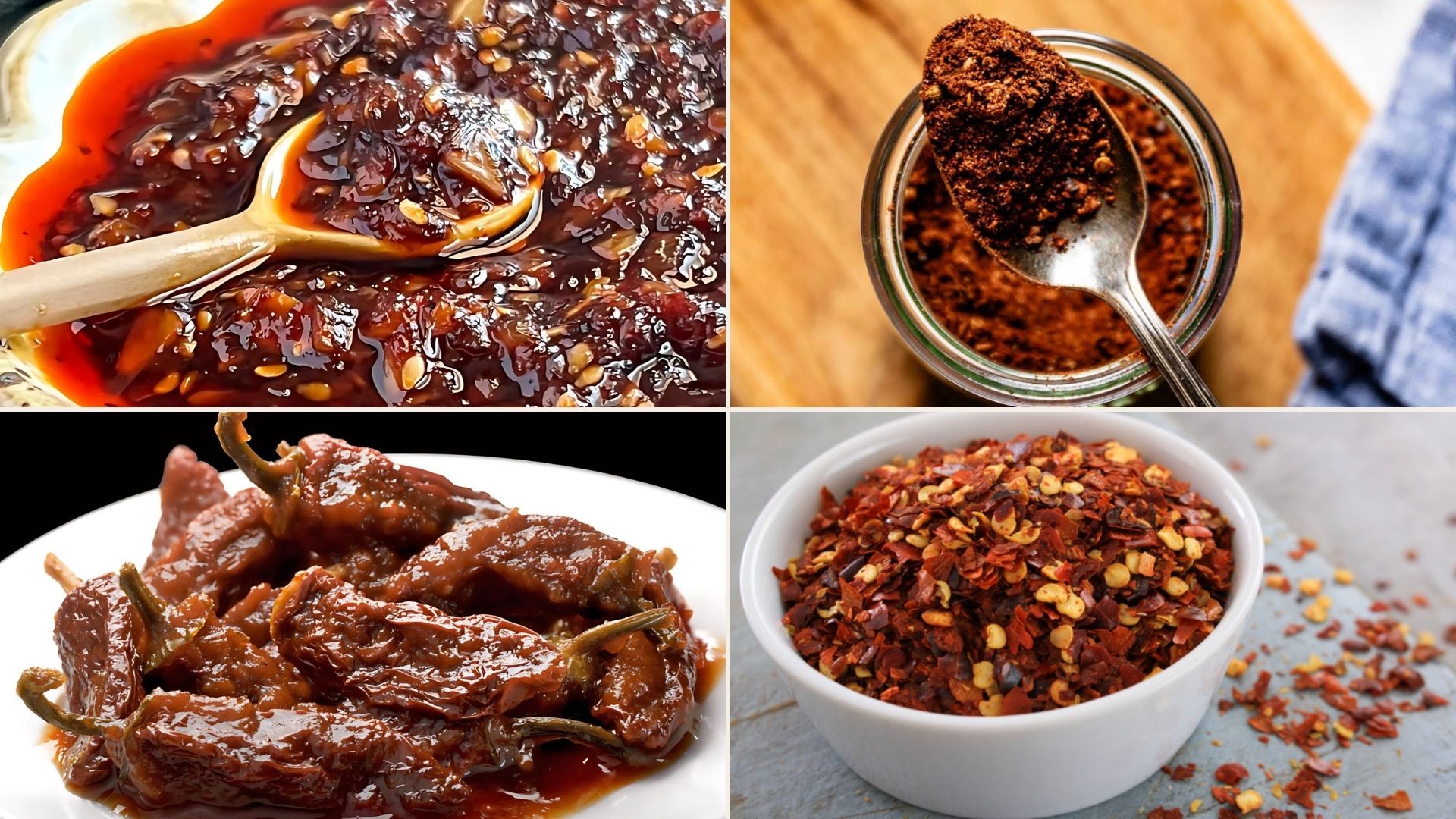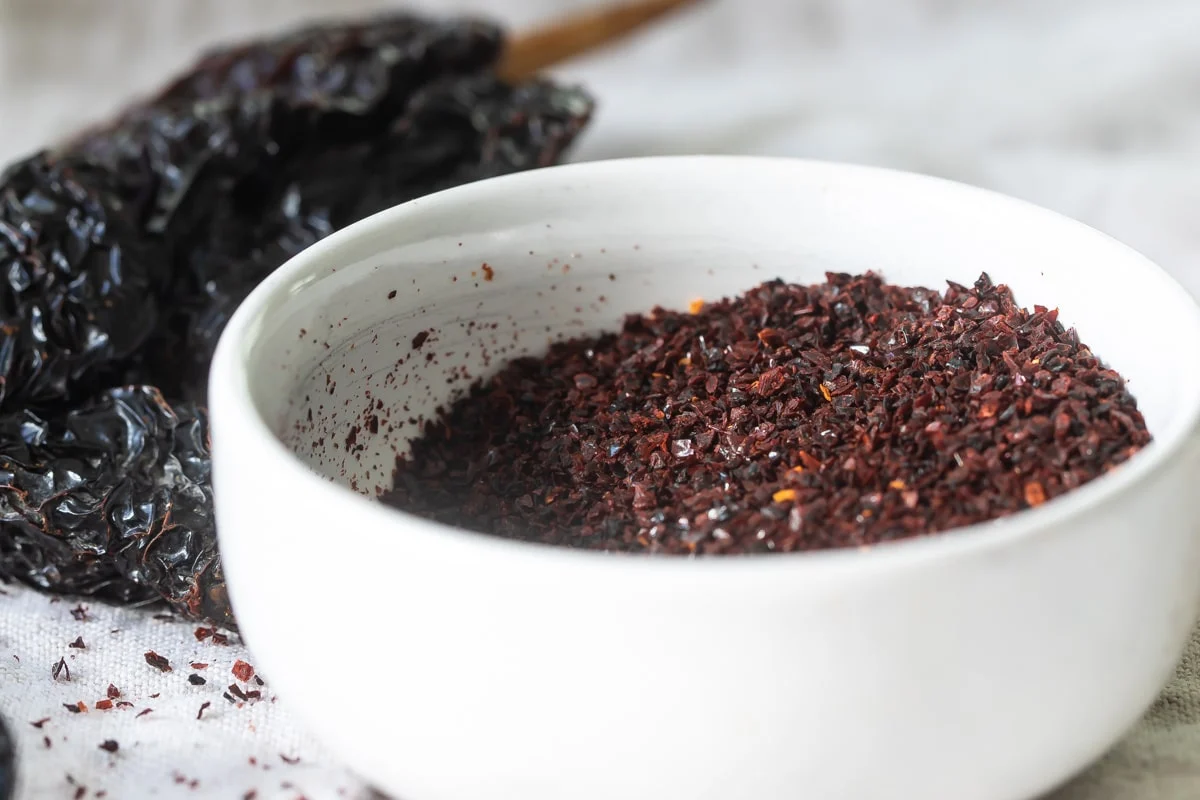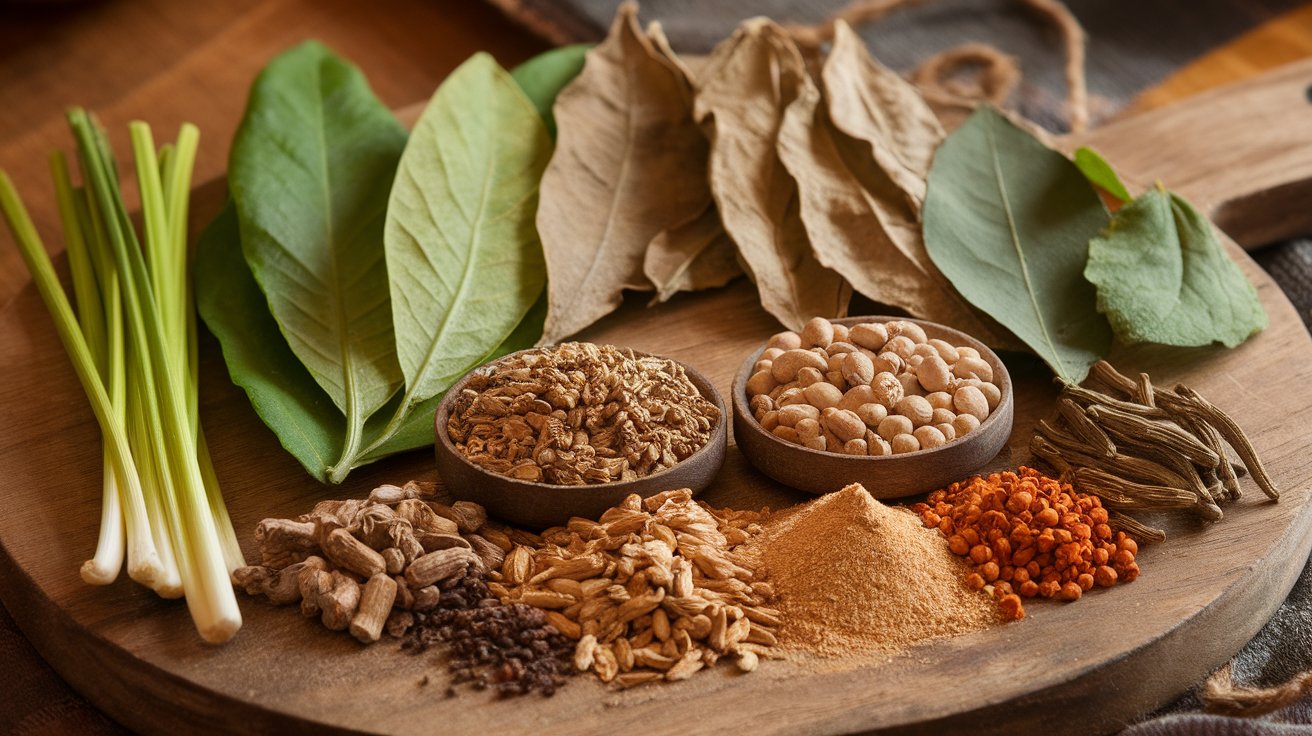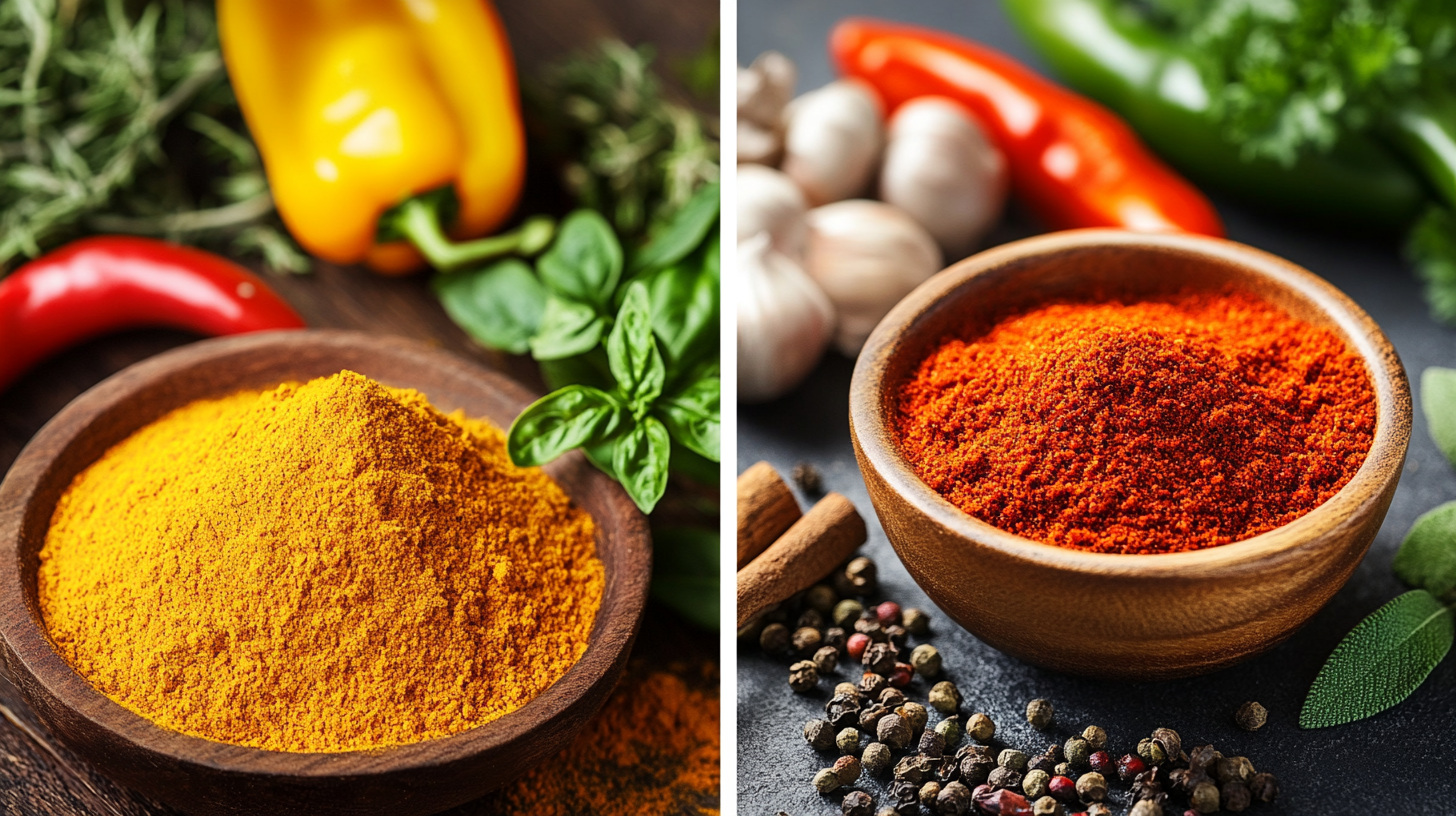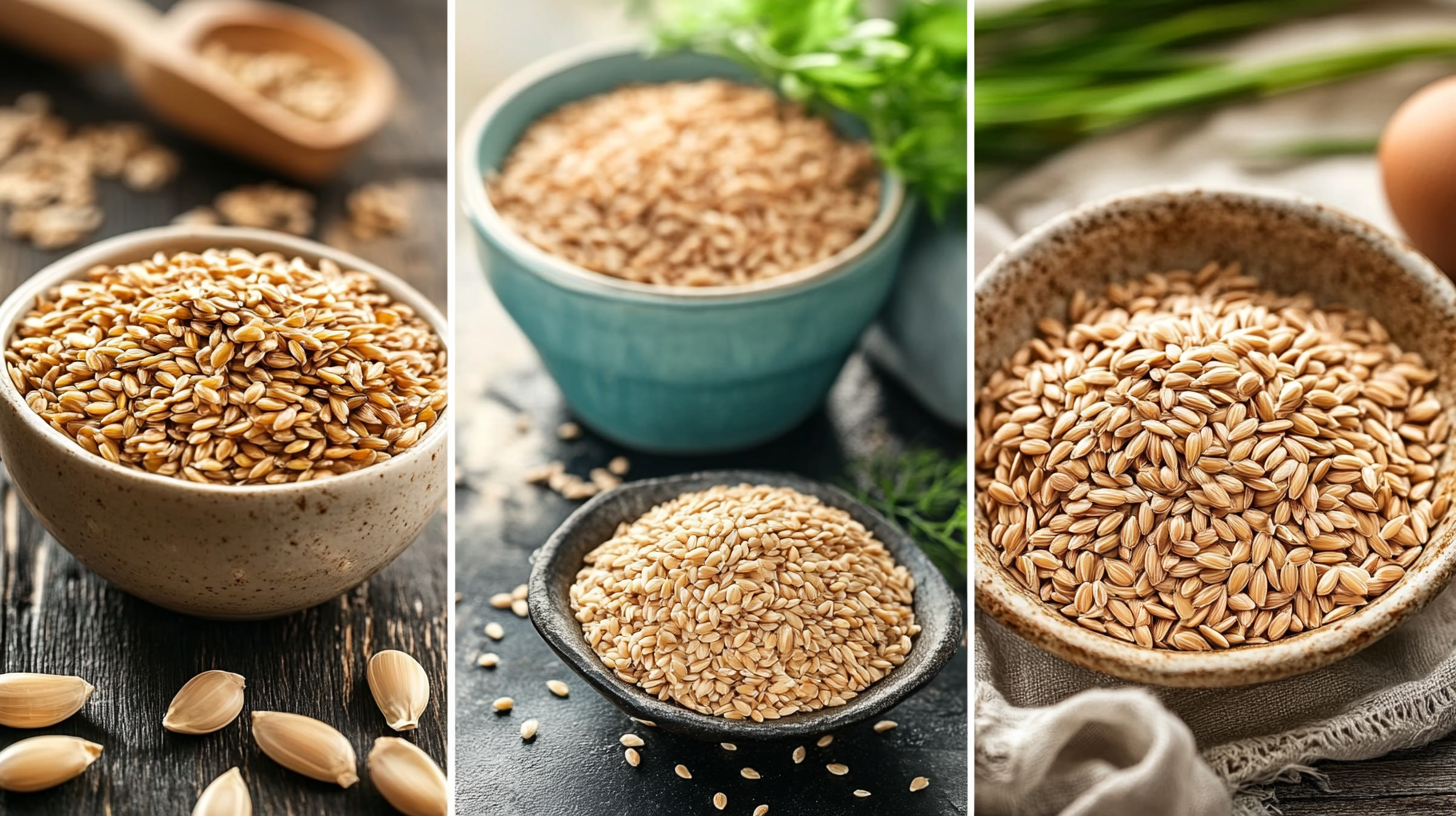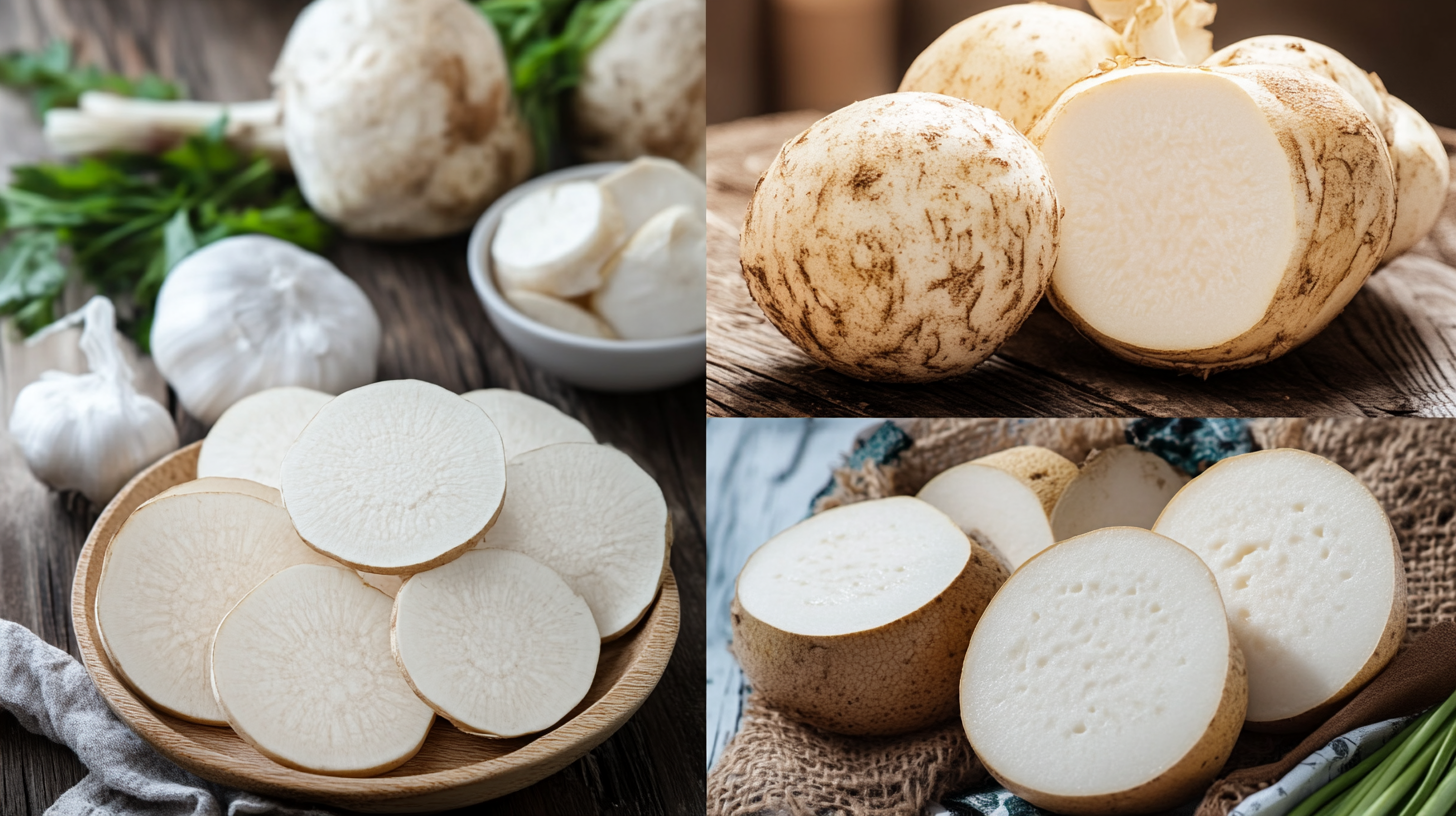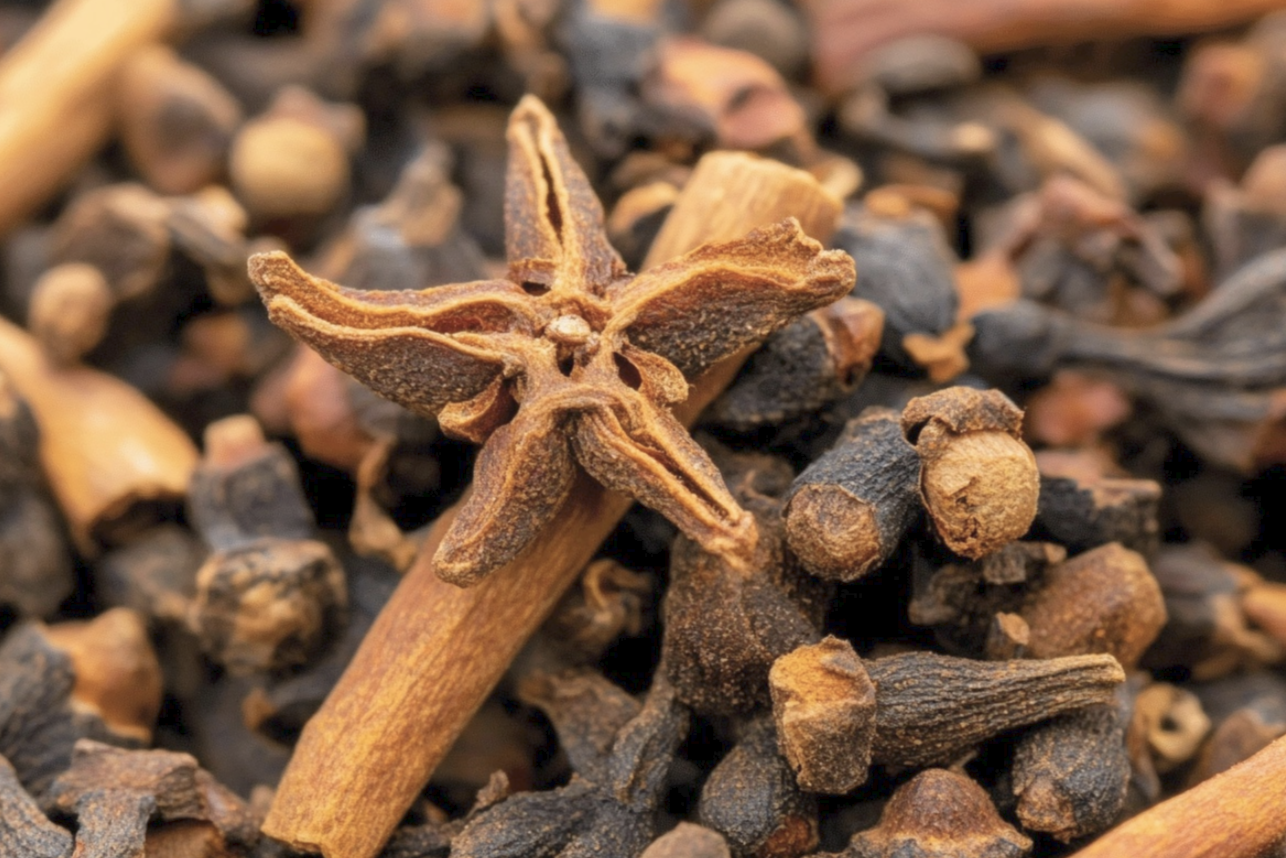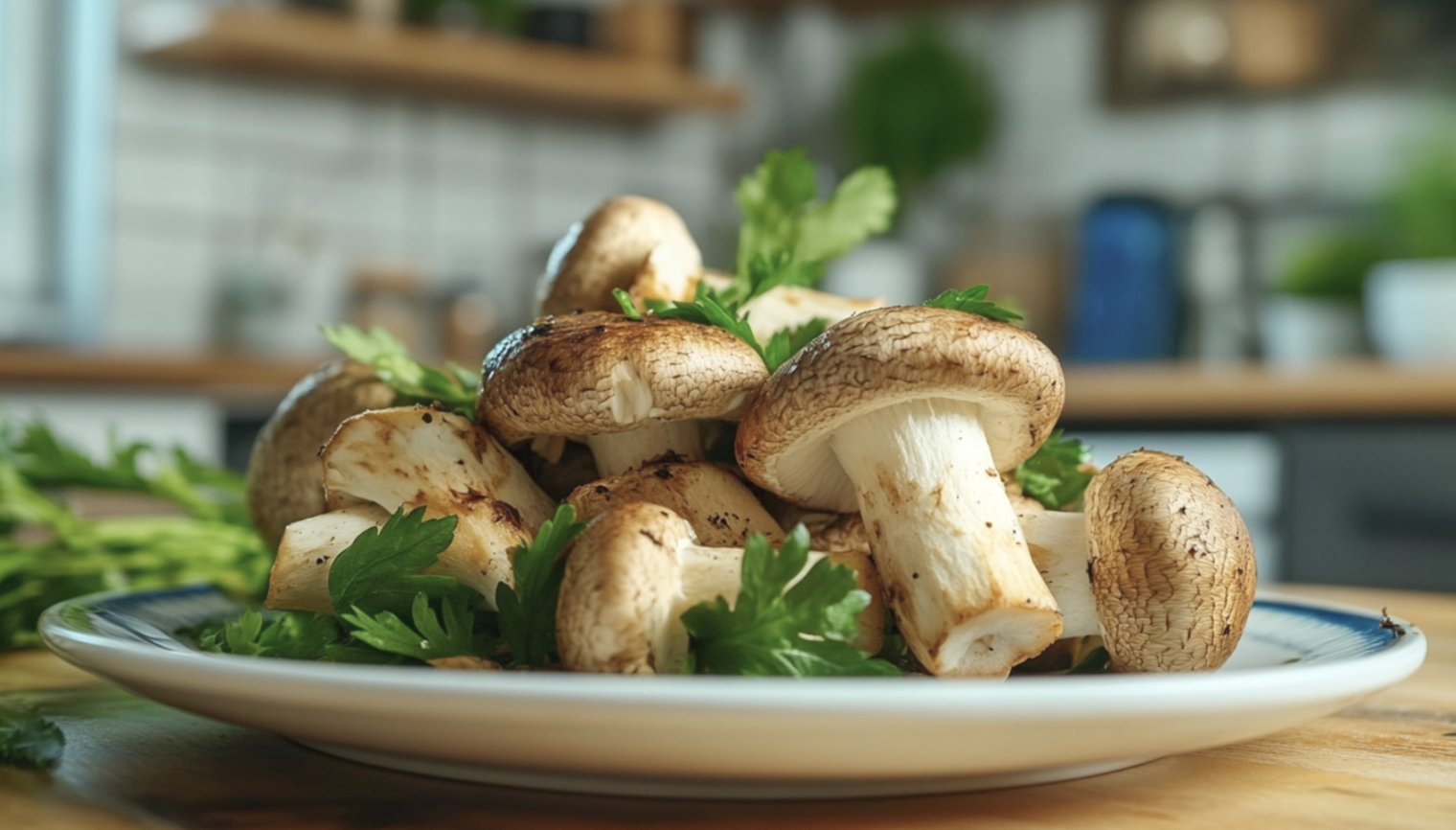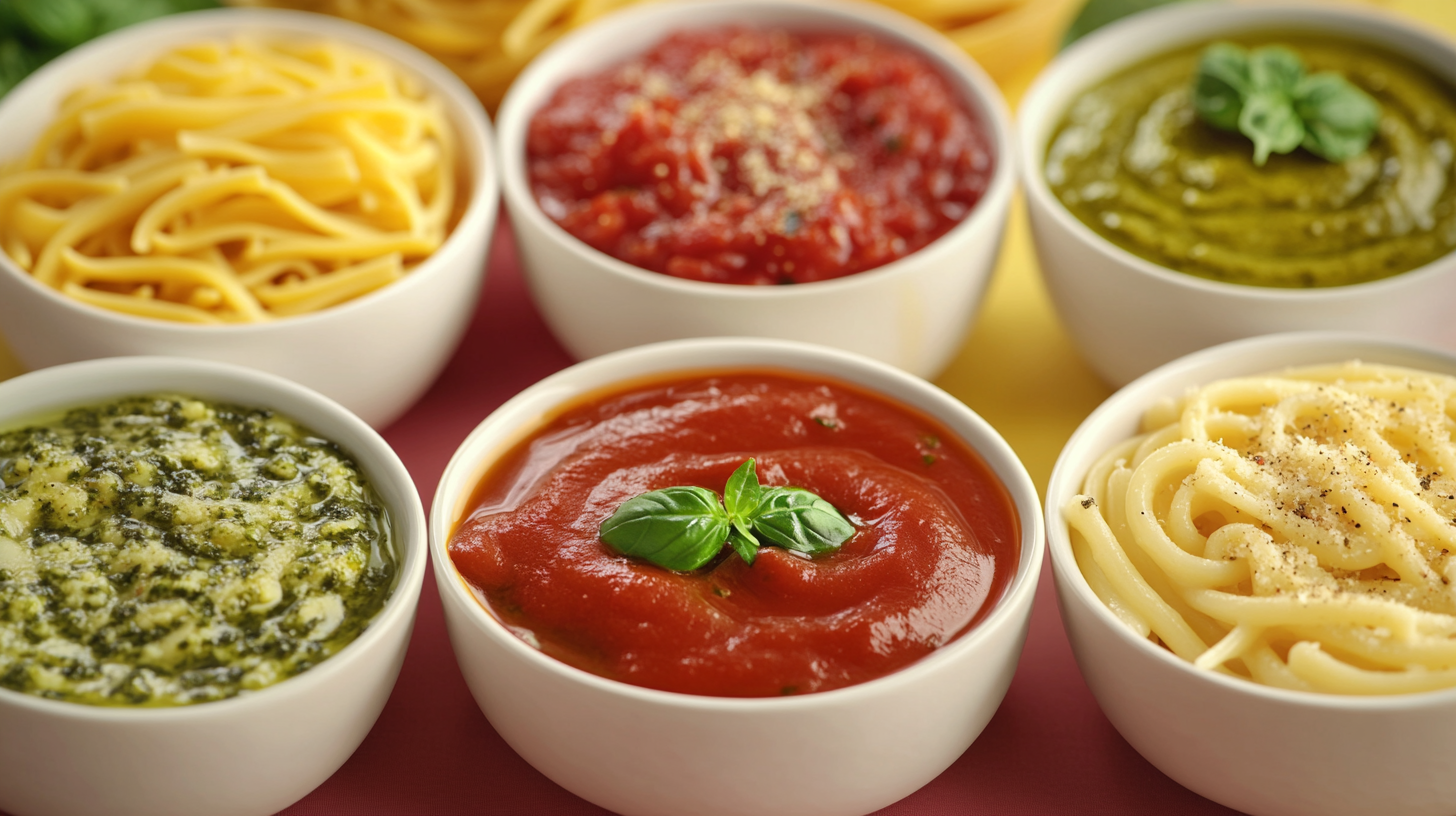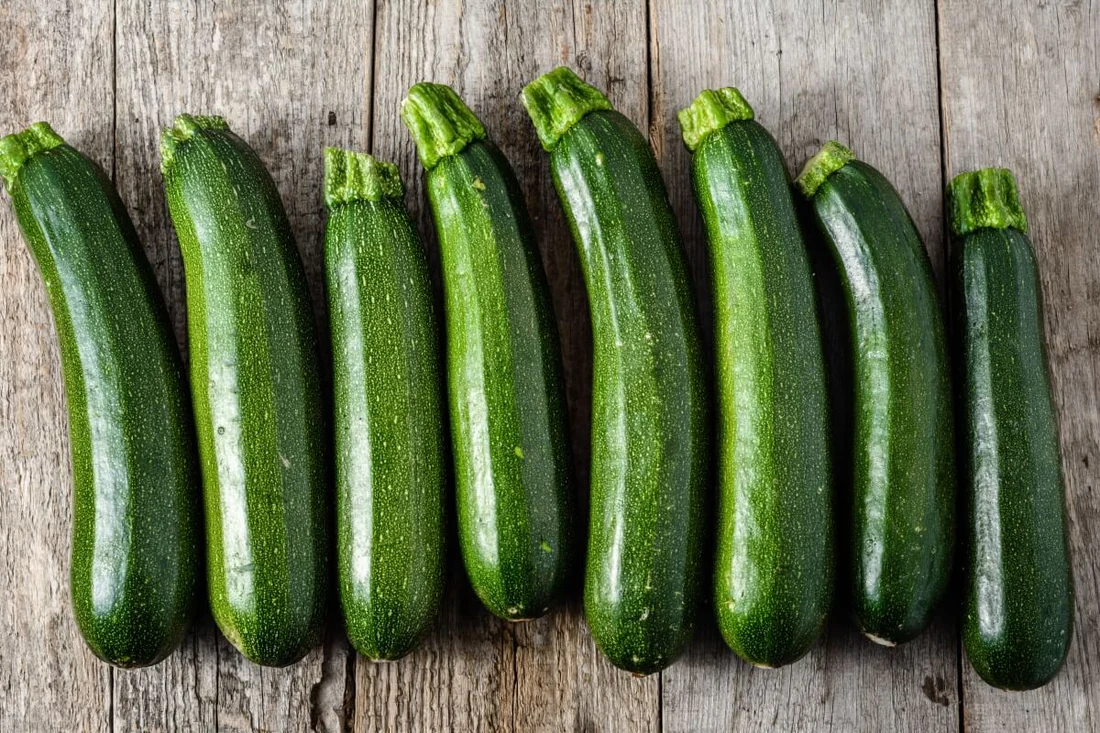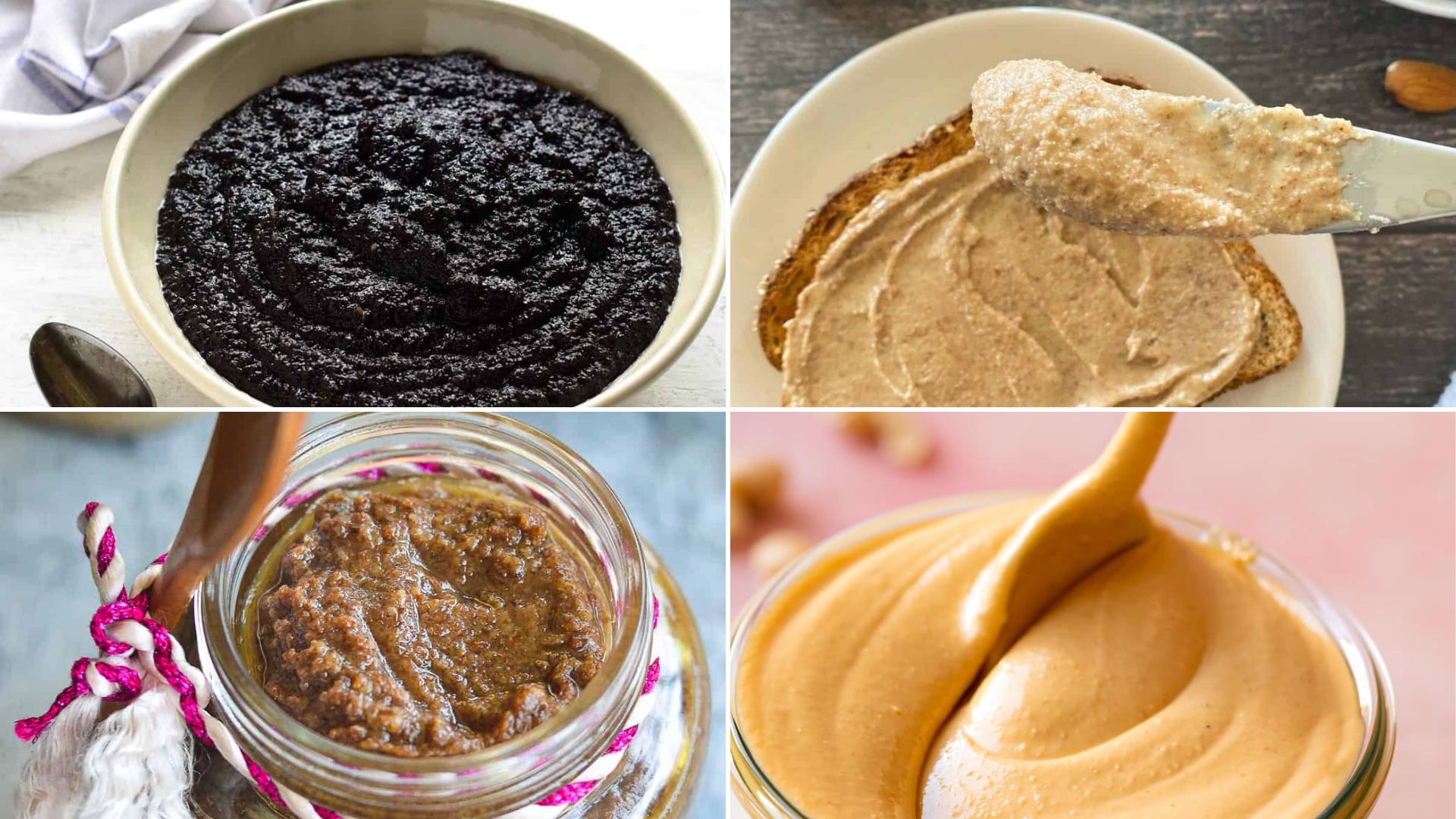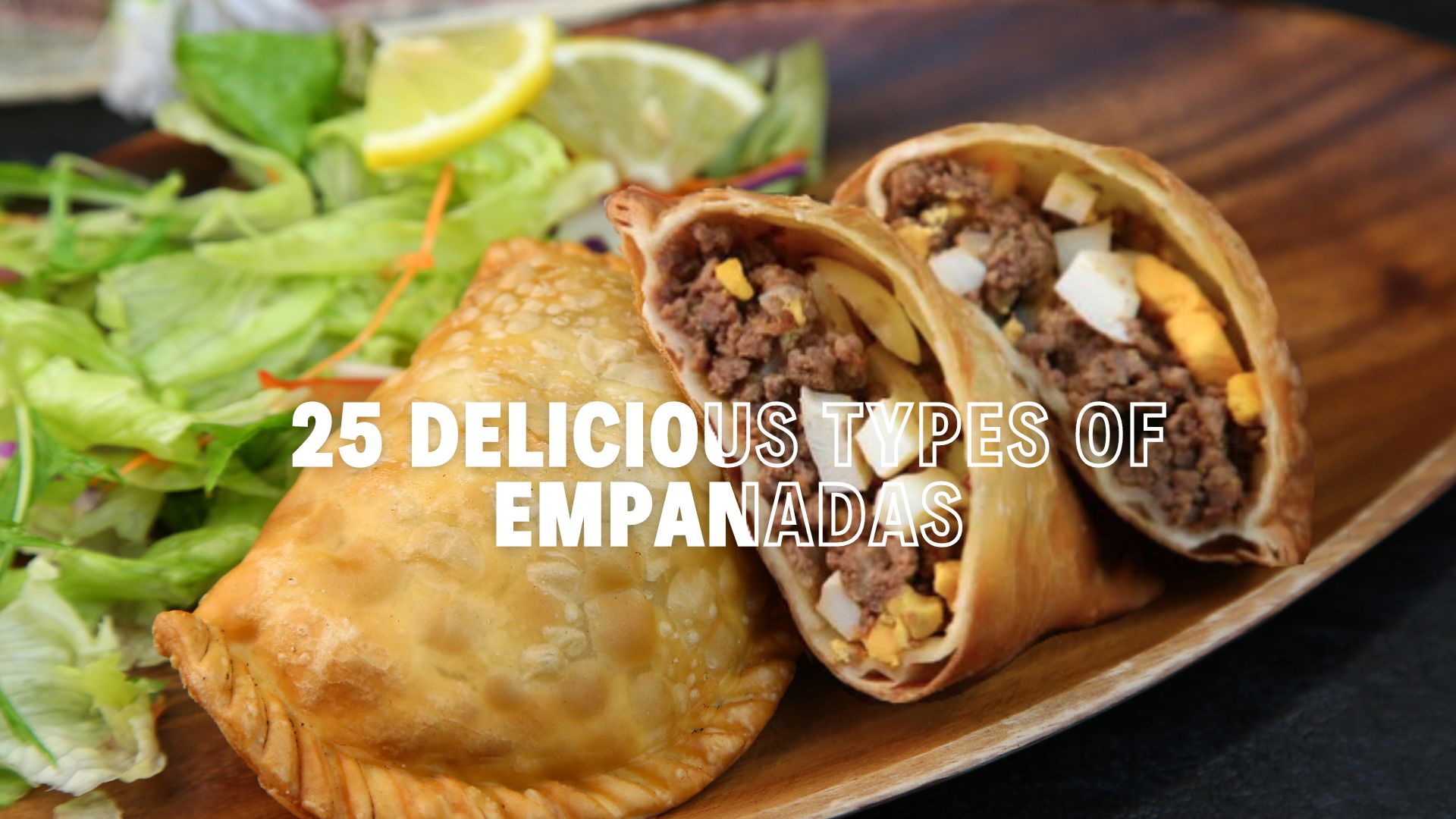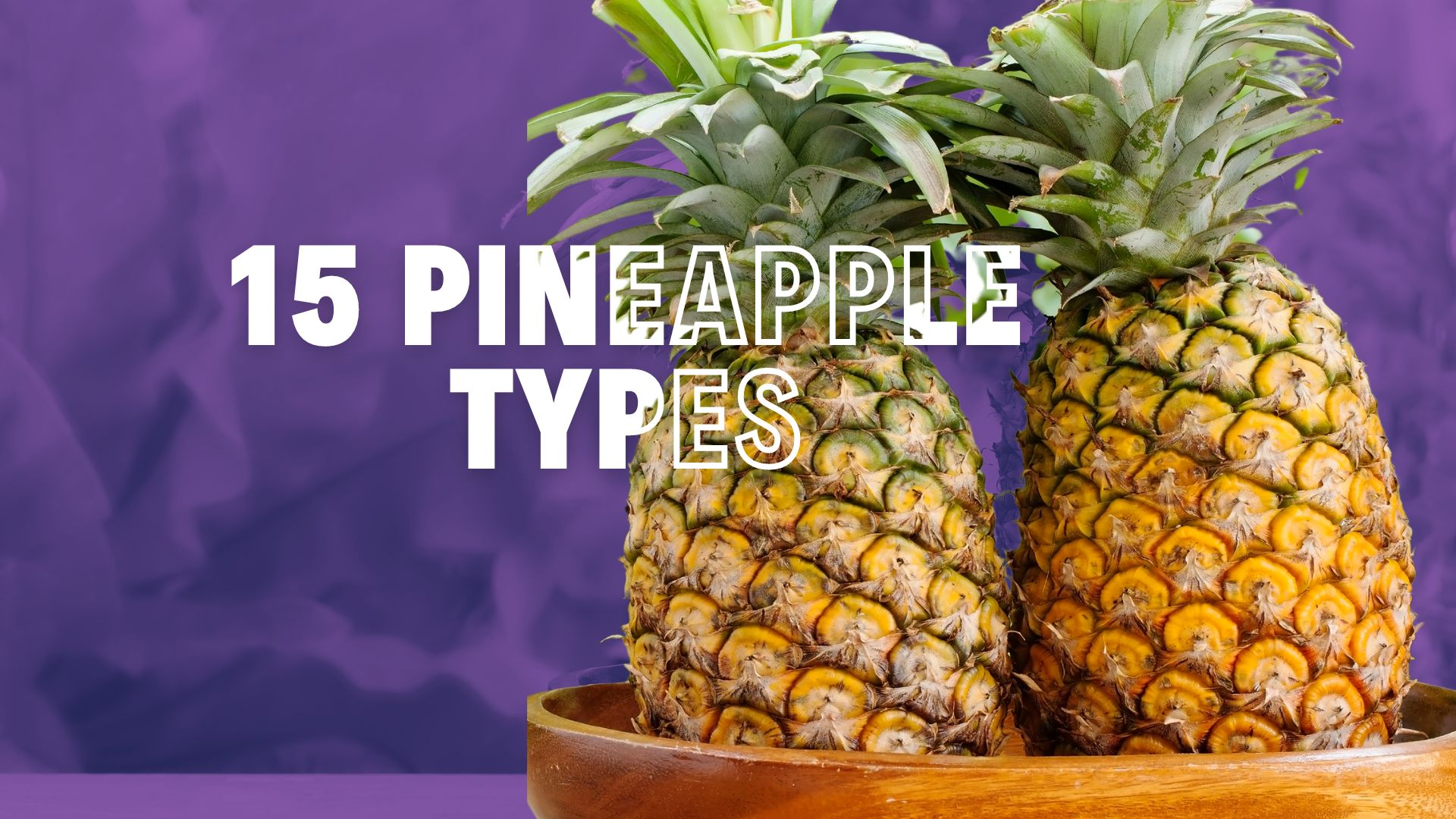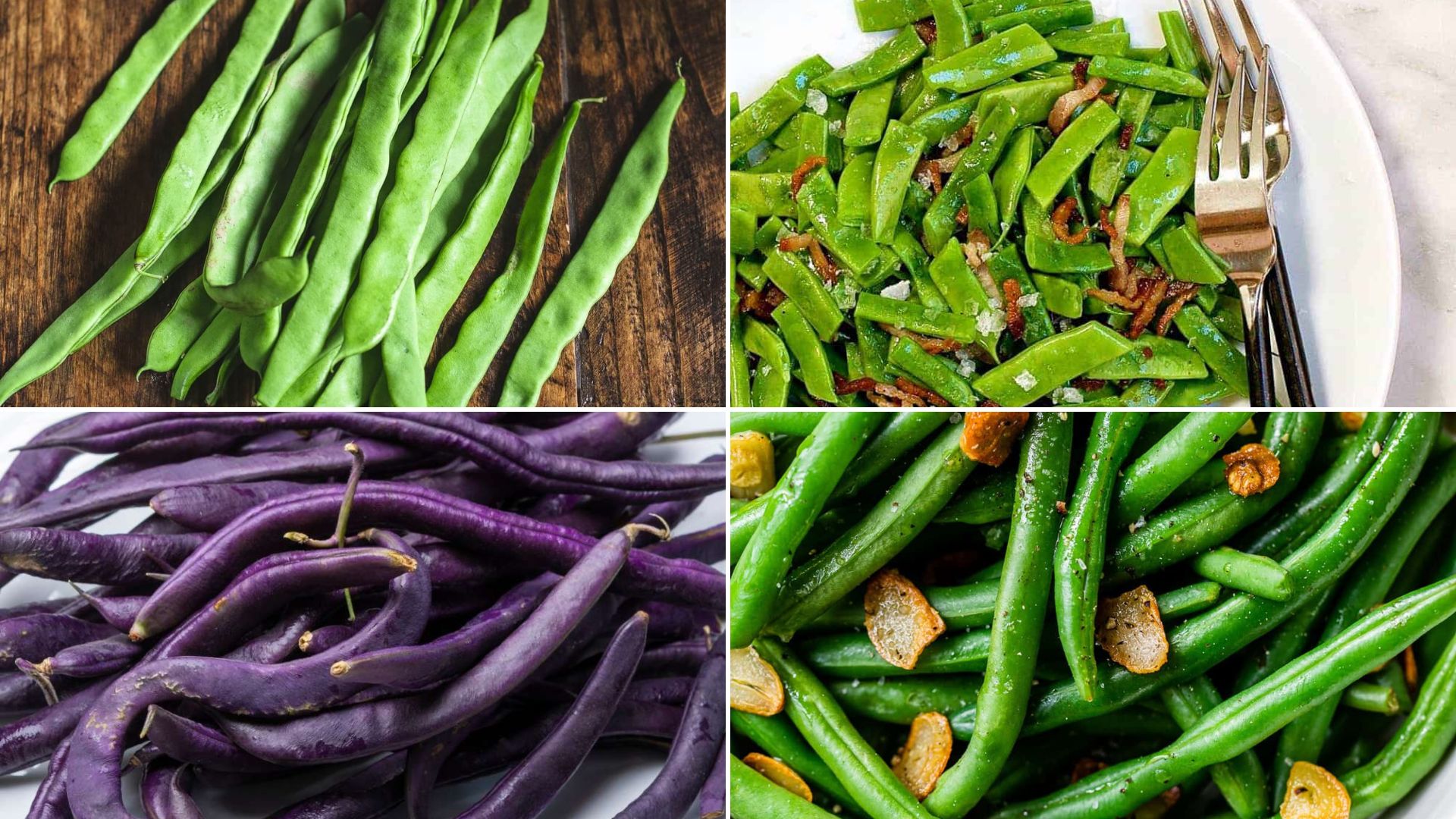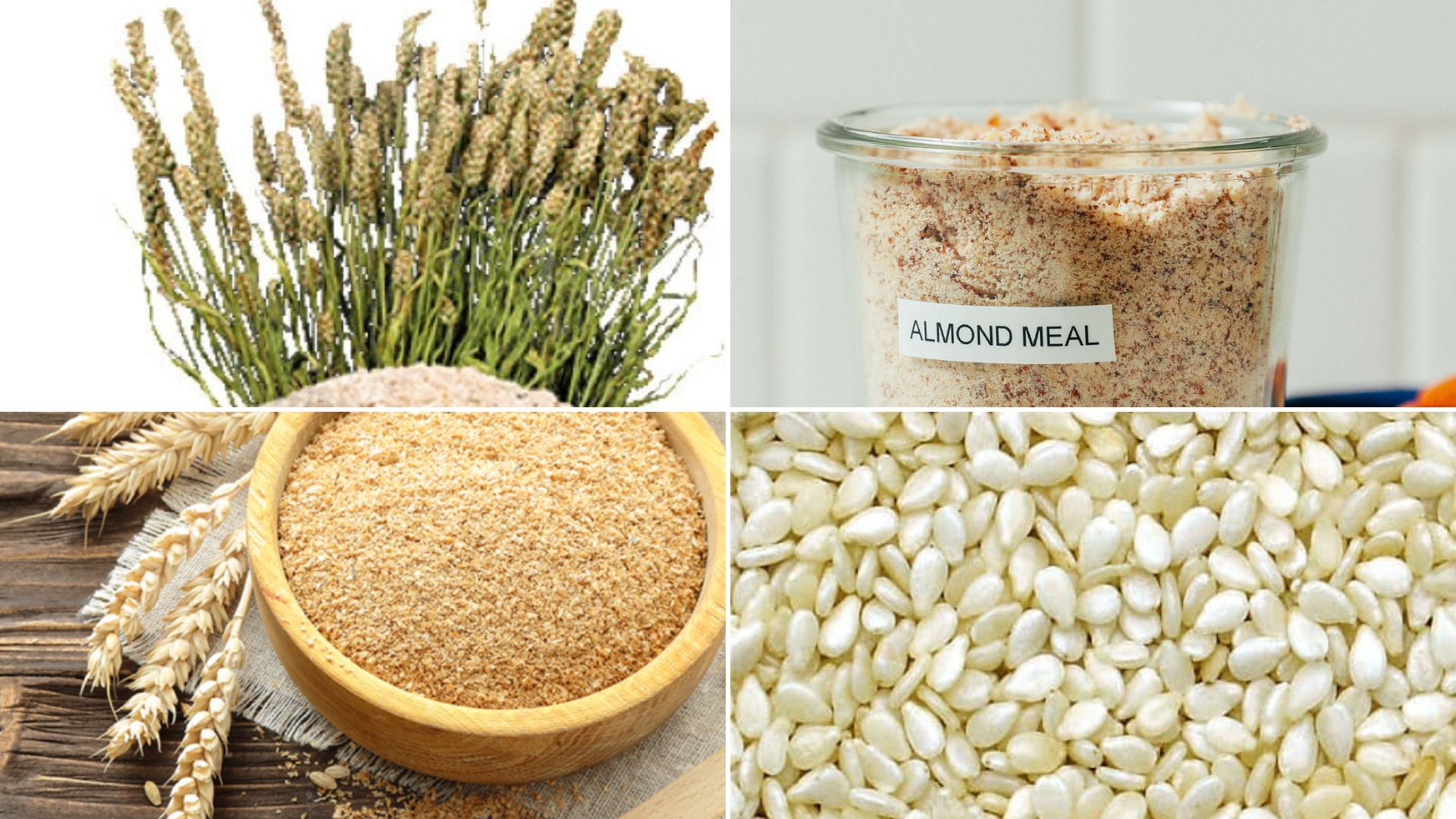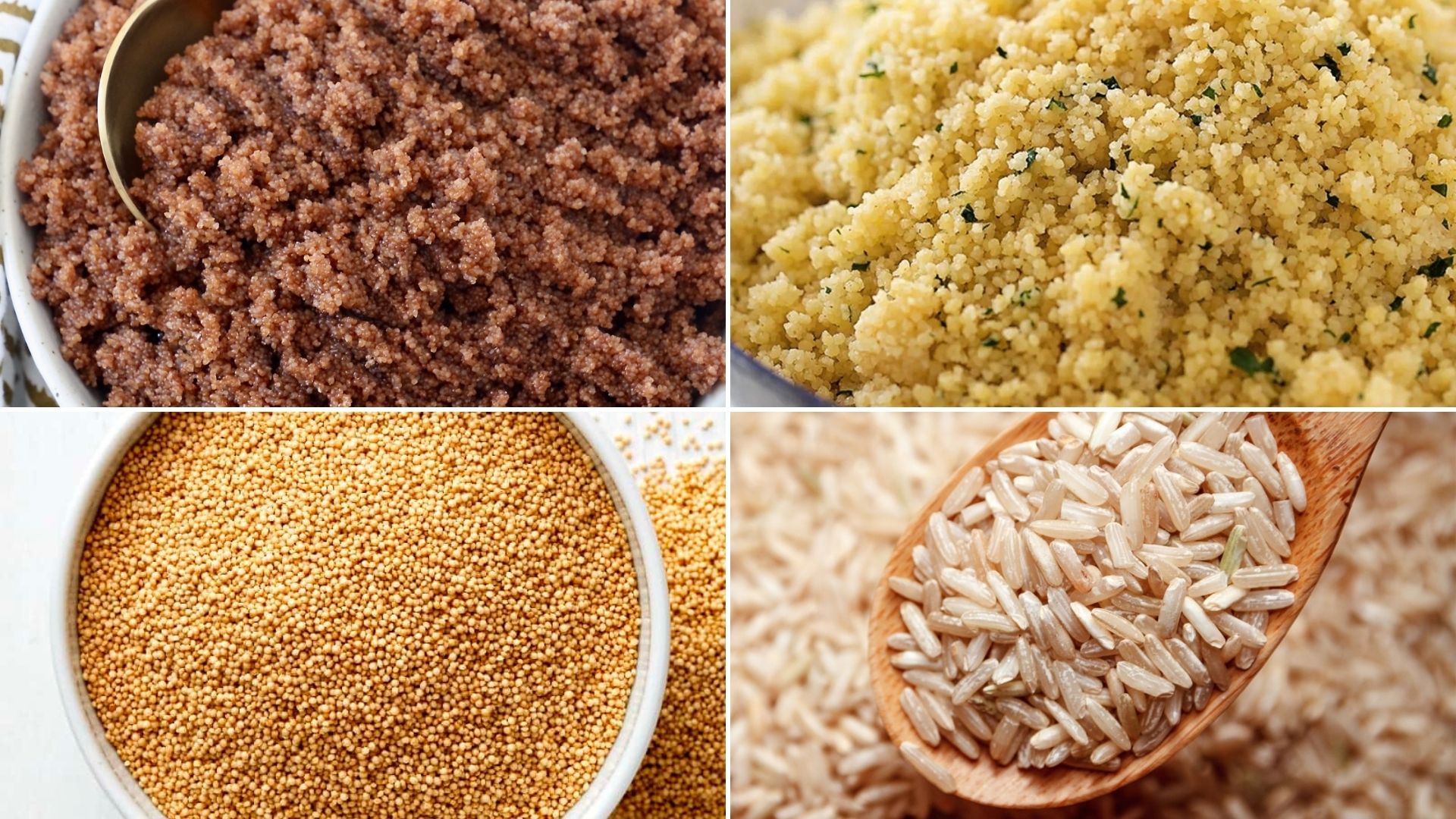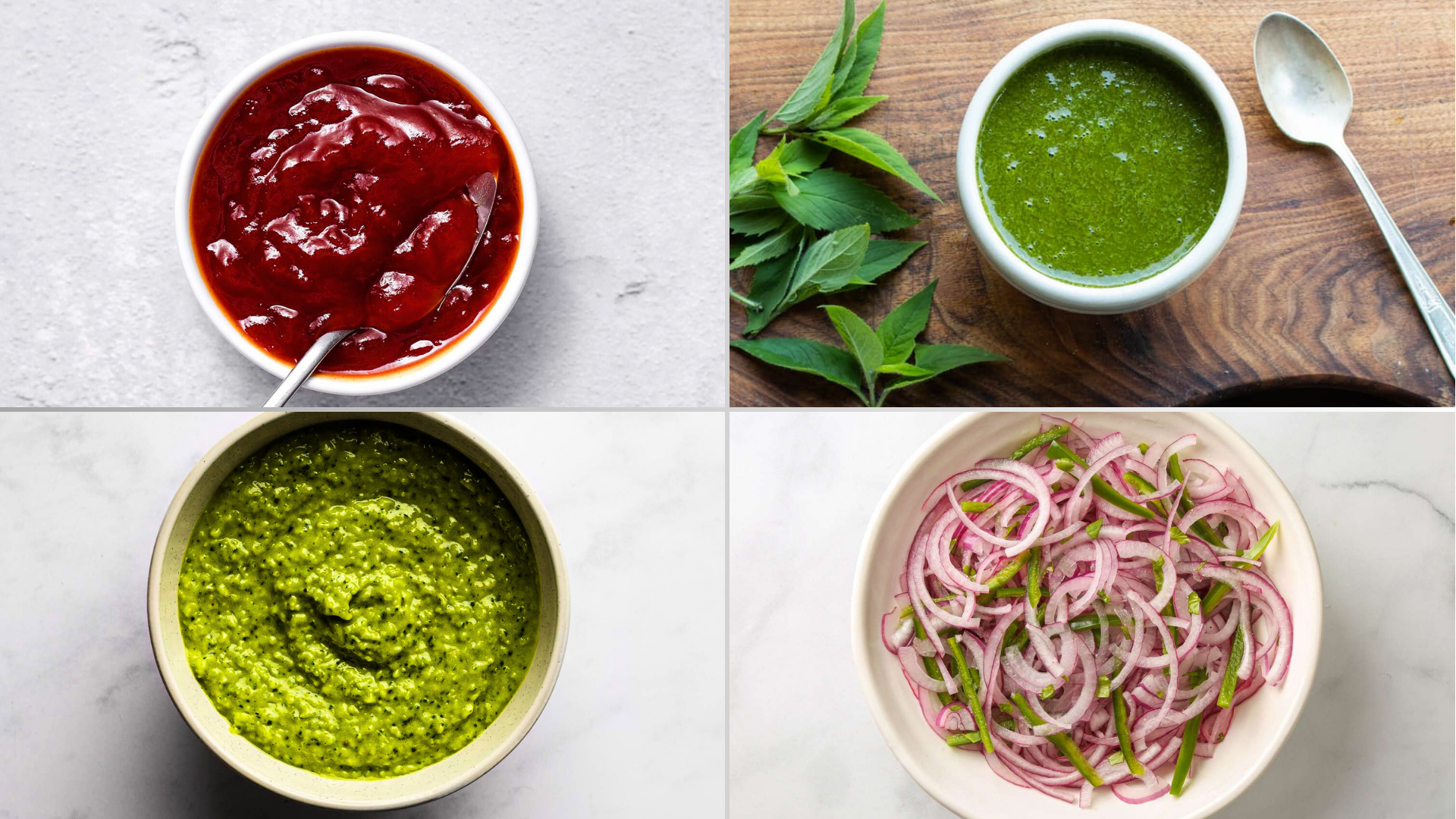
Sauces are crucial in elevating dishes and adding depth, complexity, and excitement to cuisines worldwide.
However, with so many different types of sauces, knowing where to start when exploring new flavors and expanding your culinary horizons can be challenging.
In this article, we’ll take you on a compelling journey through 40 unique and flavorful sauces from around the globe.
From classic favorites to lesser-known gems, you’ll discover a wide array of sauces that inspire you to get creative in the kitchen.
Each sauce will be accompanied by a brief description of its origin, key ingredients, flavor profile, and culinary uses, giving you all the information you need to experiment with these incredible condiments.
Prepare to explore a world of flavor and elevate your dishes to new heights with these 40 mouthwatering sauces.
Must-Try Sauces from Around the Globe
1. Béchamel Sauce

Béchamel sauce, or white sauce, is a classic French sauce that forms the basis for many other sauces. It is made by whisking butter and flour together to create a roux, then gradually adding milk and simmering until thickened.
The result is a smooth, creamy sauce with a subtle nutty flavor from the butter and flour.
Béchamel sauce is commonly used in lasagna, gratins, and creamed vegetable dishes.
It can also be flavored with herbs, spices, or cheese to create variations like Mornay or mustard sauce.
- Origin: France
- Flavor Profile: Creamy, buttery, and mildly nutty
2. Gochujang Sauce
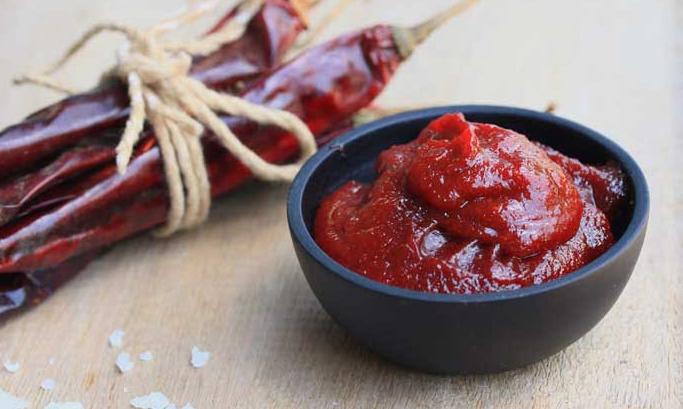
Gochujang sauce is a spicy and savory Korean condiment made from fermented soybeans, red chili peppers, glutinous rice, and salt.
The fermentation process gives gochujang its distinctive umami flavor and subtle sweetness, balancing out the heat from the chili peppers.
Gochujang has a thick, paste-like consistency and a deep red color. It is a staple in Korean cuisine, used in dishes like bibimbap and tteokbokki and as a marinade for grilled meats.
Gochujang can also be mixed with other ingredients like soy sauce, garlic, or honey to create dipping sauces or glazes.
- Origin: South Korea
- Flavor Profile: Spicy, savory, and slightly sweet
3. Chimichurri Sauce
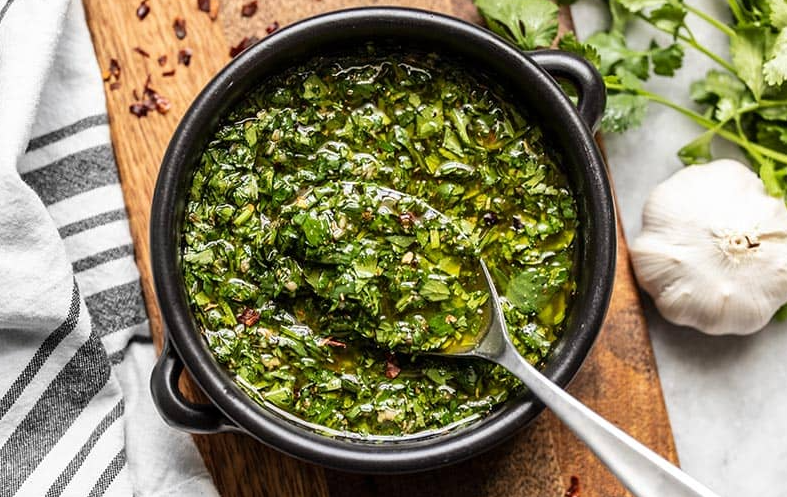
Chimichurri is a vibrant green sauce that originated in Argentina and Uruguay.
It is made by finely chopping fresh parsley, garlic, oregano, and red chili flakes, then mixing them with olive oil and vinegar. The result is a tangy, herbaceous sauce with a slight kick from the chili flakes.
Chimichurri is traditionally served with grilled meats like steak or chicken, acting as a marinade and a condiment.
It can also be used as a salad dressing or a dipping sauce for bread.
- Origin: Argentina and Uruguay
- Flavor Profile: Tangy, herbaceous, and slightly spicy
4. Romesco Sauce
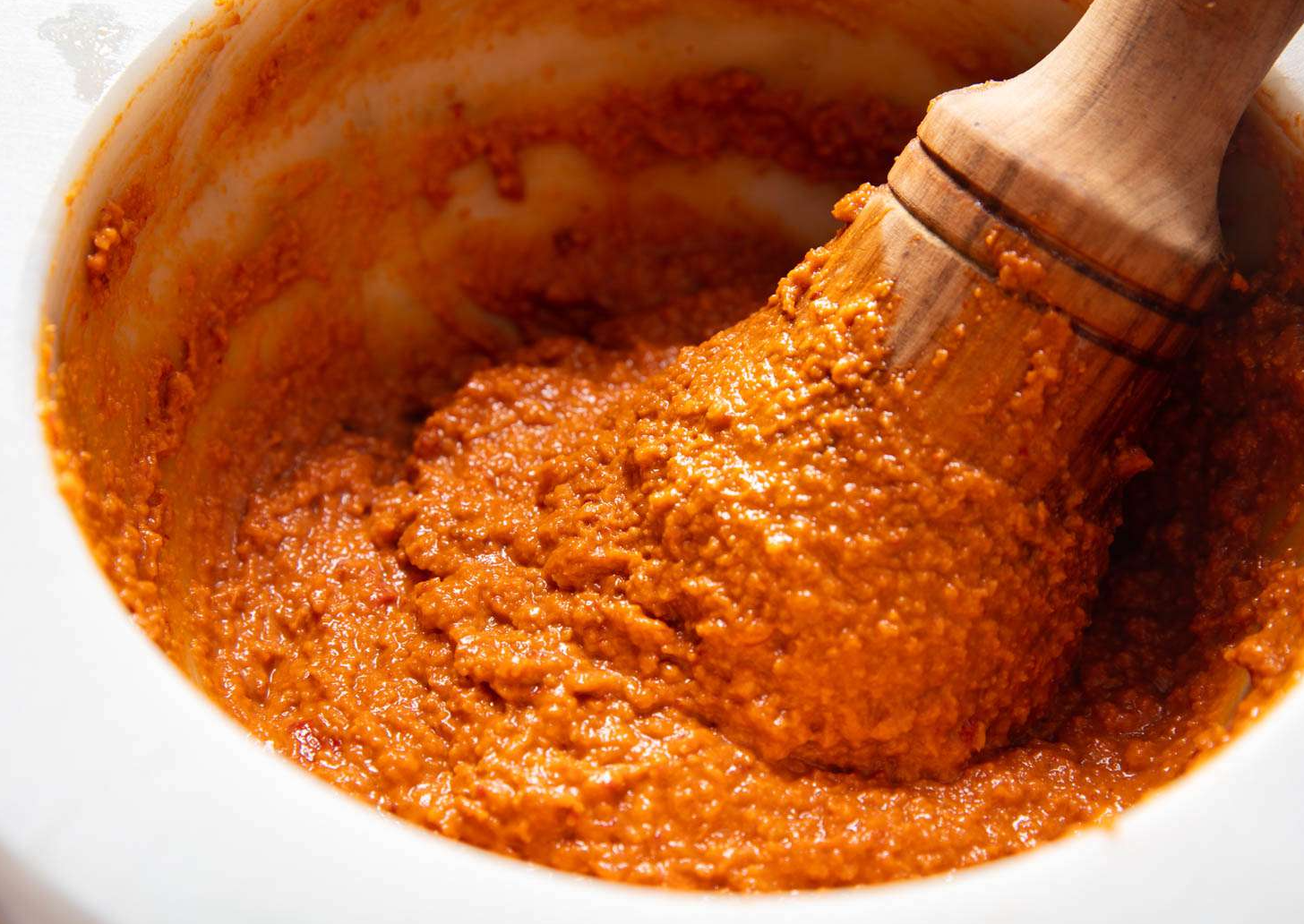
Romesco sauce is a rich and flavorful Spanish sauce originating in Catalonia.
It is made by roasting red peppers, garlic, and tomatoes, then blending them with toasted almonds, bread, and olive oil until smooth.
The sauce has a thick, slightly chunky texture and a deep red color.
Romesco sauce has a complex flavor profile, with smoky notes from the roasted peppers, nuttiness from the almonds, and a subtle tang from the vinegar.
It is often served with grilled seafood, vegetables or as a dip for bread.
- Origin: Spain (Catalonia)
- Flavor Profile: Smoky, nutty, and slightly tangy
5. Ponzu Sauce

Ponzu sauce is a citrus-based Japanese condiment that balances tangy and savory flavors.
It is made by combining soy sauce, citrus juice (usually from yuzu, sudachi, or kabosu), mirin (sweet rice wine), and katsuobushi (dried bonito flakes).
The result is a thin, watery sauce with a light brown color and a refreshing, zesty aroma.
Ponzu sauce is a dipping sauce for shabu-shabu, sashimi, and grilled meats. It can also be used as a marinade or dressing for salads.
- Origin: Japan
- Flavor Profile: Tangy, savory, and slightly sweet
6. Chermoula Sauce

Chermoula is a flavorful North African sauce popular in Moroccan, Algerian, and Tunisian cuisine.
It is made by blending fresh herbs (usually cilantro and parsley), garlic, lemon juice, olive oil, and spices like cumin, coriander, and paprika.
The result is a thick, paste-like sauce with a vibrant green color and a bold, zesty flavor.
Chermoula is often used as a fish, seafood, and vegetables marinade before grilling or roasting. It can also be used as a finishing sauce or dip for bread.
- Origin: North Africa (Morocco, Algeria, Tunisia)
- Flavor Profile: Zesty, herbaceous, and slightly spicy
7. Tkemali Sauce
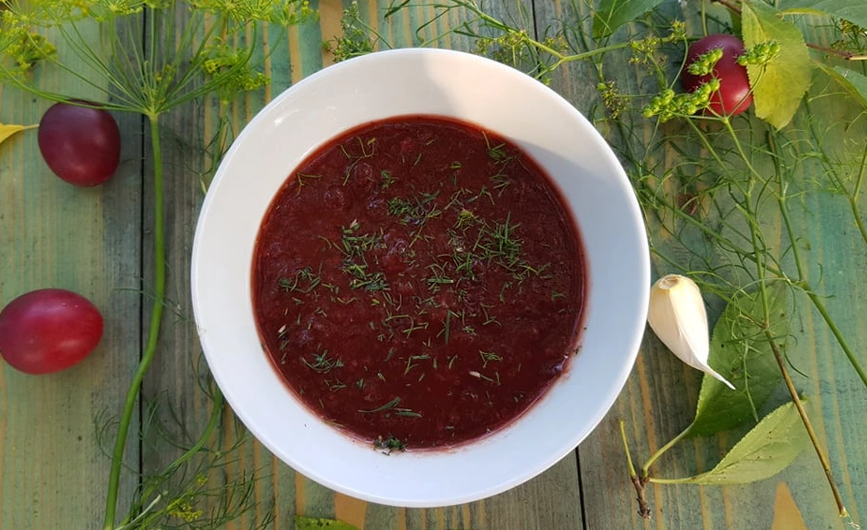
Tkemali is a tart and savory Georgian sauce made from sour plums, garlic, herbs, and spices.
The plums used in tkemali can be either green or red, with green plums producing a more tart sauce and red plums resulting in a slightly sweeter version.
The sauce has a thin, somewhat chunky consistency and a deep reddish-purple color.
Tkemali has a complex flavor profile, with a pronounced sourness from the plums, a slight kick from the chili peppers, and a savory backbone from the garlic and herbs. It is traditionally served with grilled meats, fish, and vegetables or used as a dipping sauce for bread.
- Origin: Georgia
- Flavor Profile: Tart, savory, and slightly spicy
8. Ají Amarillo Sauce
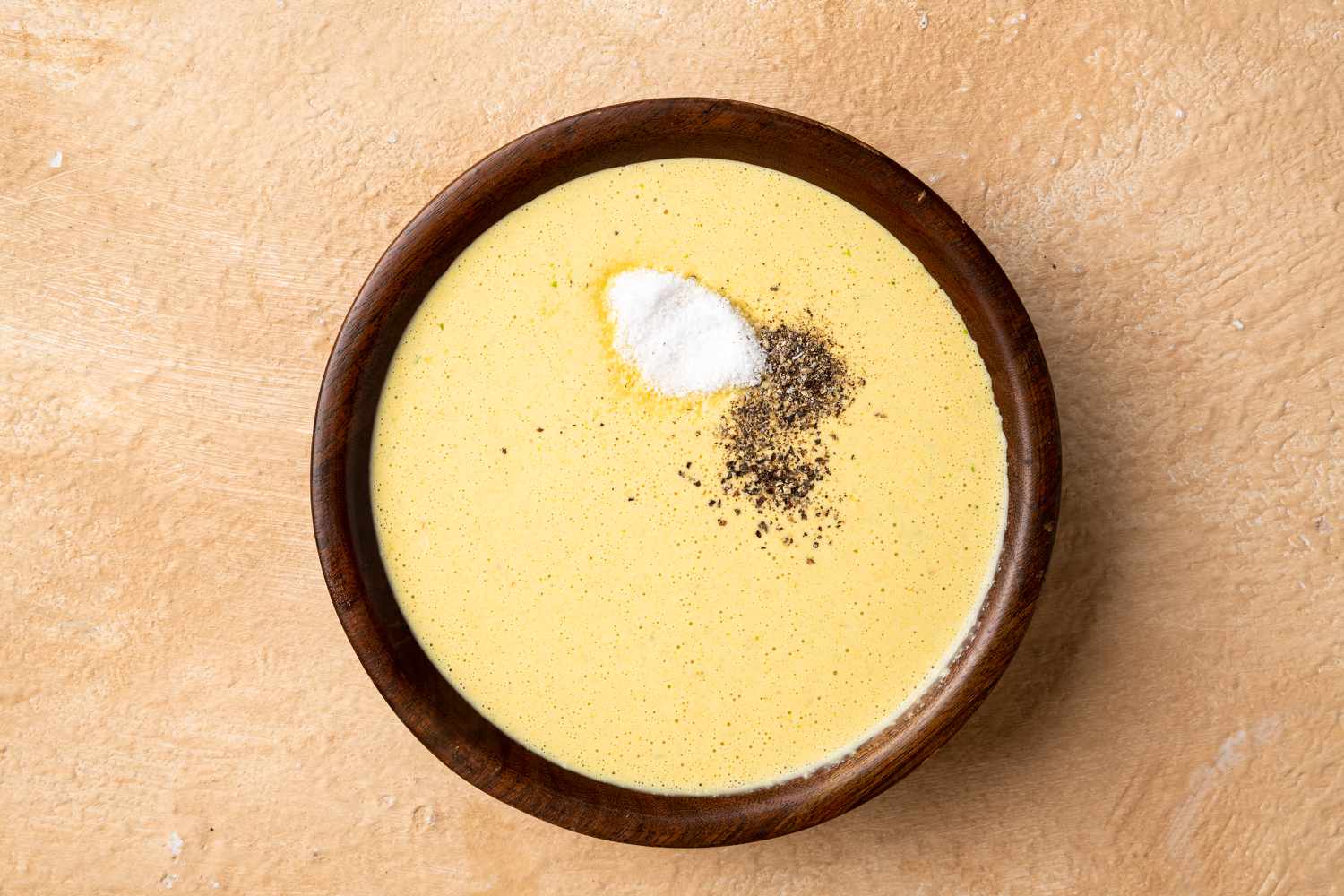
Ají Amarillo sauce is a bright and spicy Peruvian condiment made from the ají Amarillo chili pepper.
The chili peppers are blended with garlic, lime juice, and oil until smooth, resulting in a vibrant yellow sauce.
Ají Amarillo sauce has a unique flavor profile, with a fruity, slightly floral taste upfront, followed by a moderate to high heat level.
It is a staple in Peruvian cuisine, used as a dipping sauce for appetizers like yuca frita or drizzled over dishes like papa a la huancaína.
The sauce can also be used as a marinade for meats or mixed into stews and soups.
- Origin: Peru
- Flavor Profile: Fruity, spicy, and slightly tangy
9. Salsa Roja

A traditional Mexican sauce made from tomatoes, chili peppers, onions, garlic, and cilantro.
The ingredients are roasted and blended, resulting in a vibrant red sauce with a smooth consistency.
Salsa roja has a tangy, spicy flavor and is commonly used as a condiment for tacos, enchiladas, and other Mexican dishes.
-
- Origin: Mexico
- Flavor Profile: Tangy, spicy, and slightly sweet
10. Tamarind Chutney
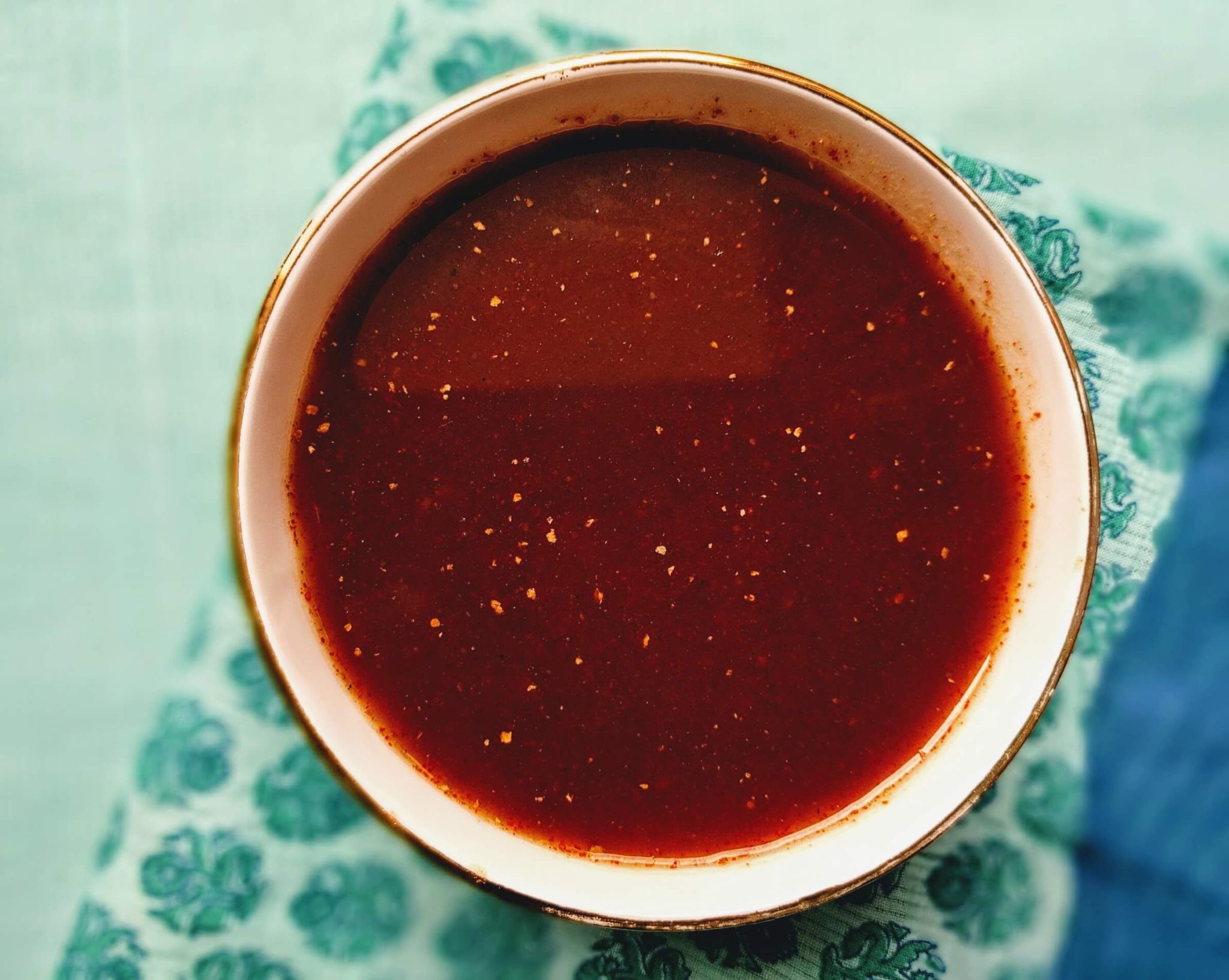
Tamarind chutney is a sweet, tangy, and spicy Indian condiment made from tamarind pulp, jaggery (unrefined cane sugar), and a blend of spices.
The tamarind pulp is mixed with water and strained to remove any seeds or fibers, then cooked down with jaggery and spices like cumin, ginger, and chili powder until thickened.
The resulting chutney has a dark brown color and a sticky, jam-like consistency.
Tamarind chutney has a complex sweet-tart flavor with a hint of spice, making it a perfect accompaniment to savory snacks like samosas, pakoras, and chaat.
It can also be used as a glaze for grilled meats or mixed into rice dishes.
- Origin: India
- Flavor Profile: Sweet, tangy, and slightly spicy
11. Salsa Verde
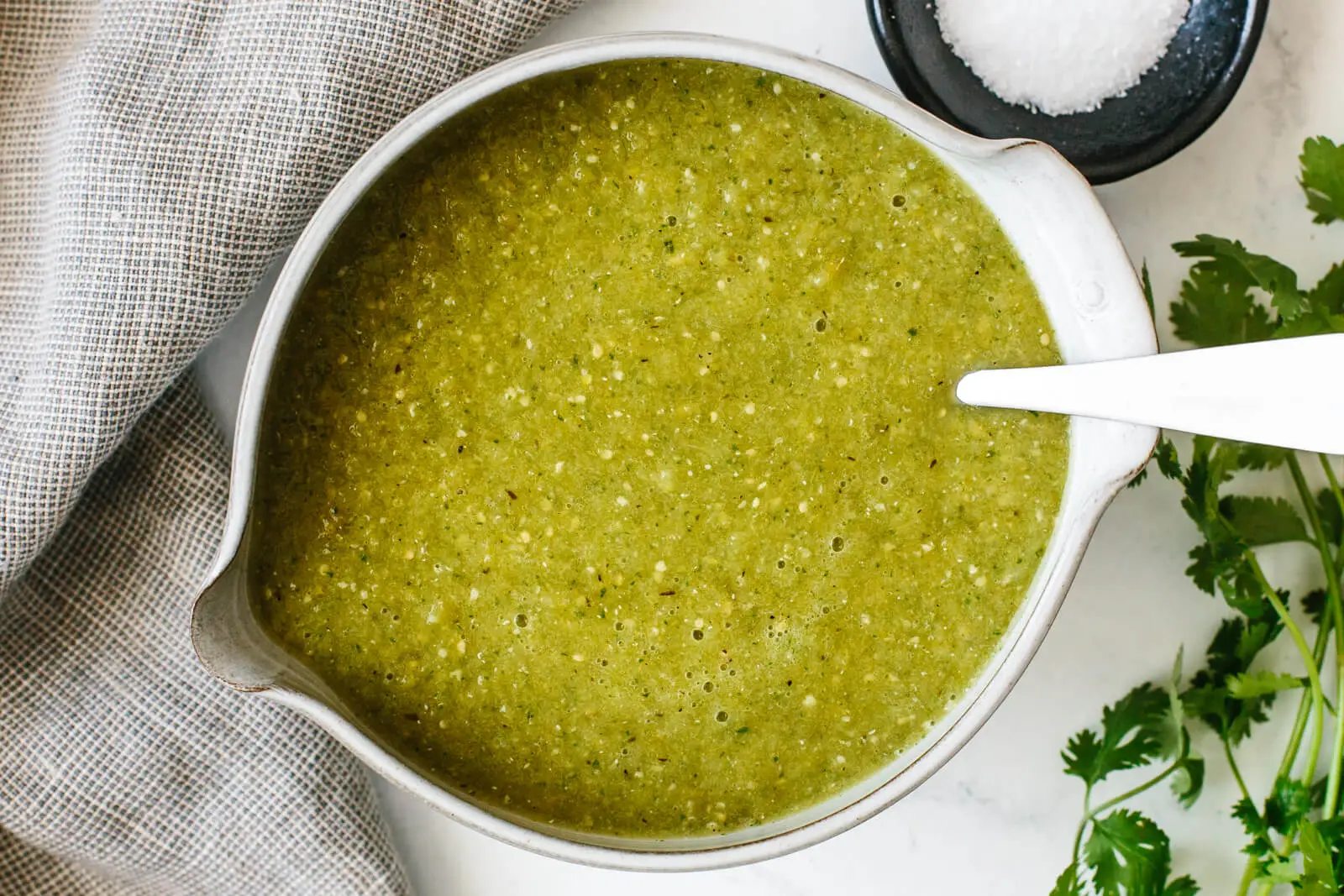
Salsa verde is a vibrant green sauce popular in Mexican and Italian cuisine, with each version having its distinct characteristics.
The Mexican version is made by blending tomatillos, green chili peppers, onion, garlic, and cilantro until smooth. It has a tangy, slightly acidic flavor with a mild to moderate heat level.
On the other hand, the Italian version is made from finely chopped parsley, anchovies, capers, garlic, and olive oil. It has a salty, herbaceous flavor with a slight kick from the garlic.
Both versions are used as a condiment for grilled meats, fish, or vegetables or as a dipping sauce for chips or bread.
- Origin: Mexico and Italy
- Flavor Profile: Tangy, herbaceous, and slightly spicy (Mexican) or briny and herbaceous (Italian)
12. Hoisin Sauce

Hoisin sauce is a thick, dark, fragrant Chinese condiment made from fermented soybeans, sugar, garlic, vinegar, and various spices.
It has a complex sweet and savory flavor with a hint of tanginess and a subtle spiciness.
Hoisin sauce is commonly used as a glaze for meats like duck or pork or as a dipping sauce for spring rolls and dumplings.
It is also a key ingredient in classic Chinese dishes like moo shu pork and Peking duck.
- Origin: China
- Flavor Profile: Sweet, savory, and slightly tangy
13. Nam Jim
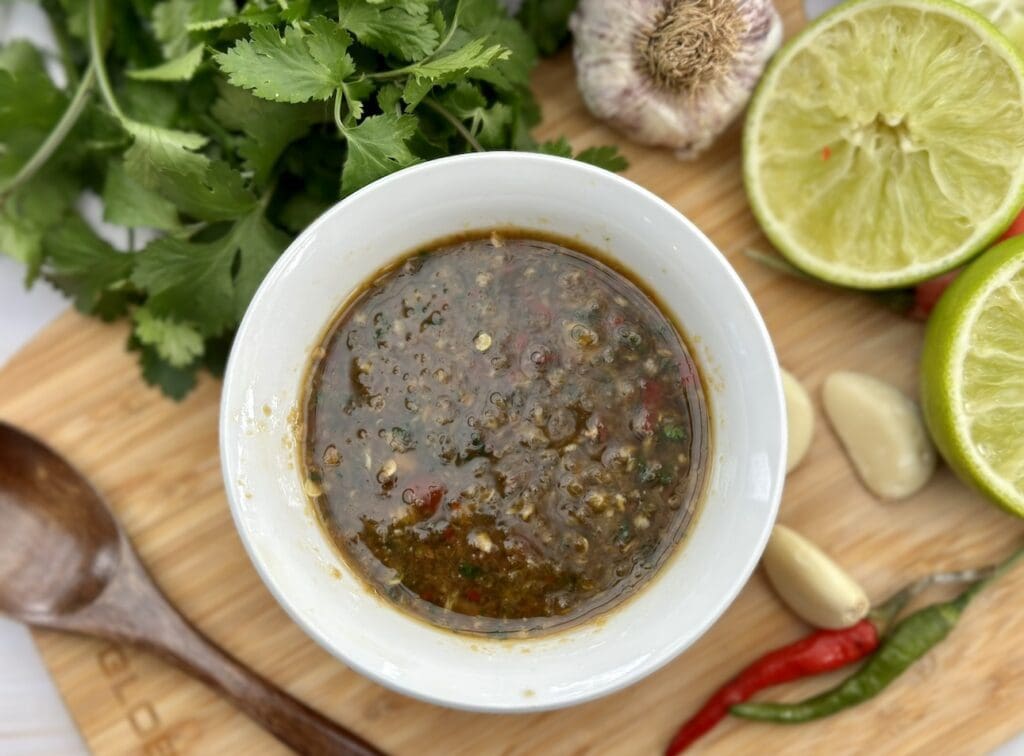
Nam Jim is a family of Thai dipping sauces that balance sweet, sour, salty, and spicy flavors.
The most common version, nam jim kai, is made from garlic, chili peppers, sugar, fish sauce, and lime juice.
The ingredients are pounded together using a mortar and pestle until they form a chunky, uniform paste.
Nam Jim has a bright, zesty flavor that complements grilled meats, seafood, and vegetables.
It is often served alongside Thai appetizers like chicken satay or used as a salad dressing.
- Origin: Thailand
- Flavor Profile: Sweet, sour, salty, and spicy
14. Aioli
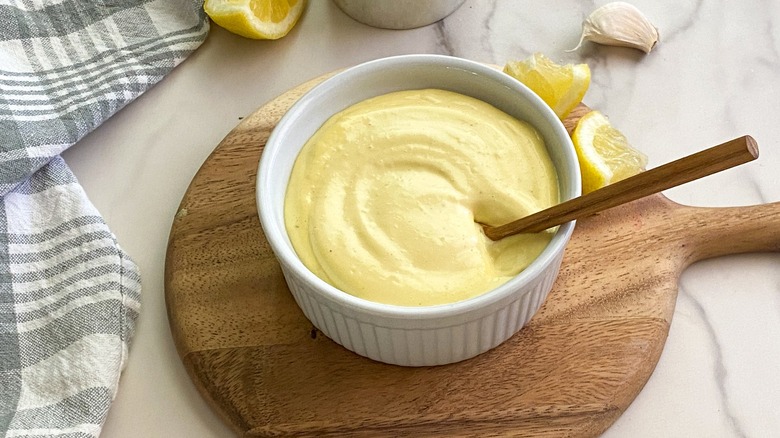
Aioli is a creamy Mediterranean sauce made from garlic, olive oil, and egg yolks.
The garlic is crushed into a paste and then emulsified with the egg yolks and olive oil until thick and smooth.
Aioli has a rich, luxurious texture and a strong garlic flavor with a hint of tanginess from the lemon juice.
It is often served as a dip for vegetables, a spread for sandwiches, or a condiment for grilled seafood and meats.
Variations of aioli can include adding herbs, spices, or roasted peppers to the base recipe.
- Origin: Mediterranean (Spain, France, Italy)
- Flavor Profile: Rich, garlicky, and slightly tangy
15. Gremolata
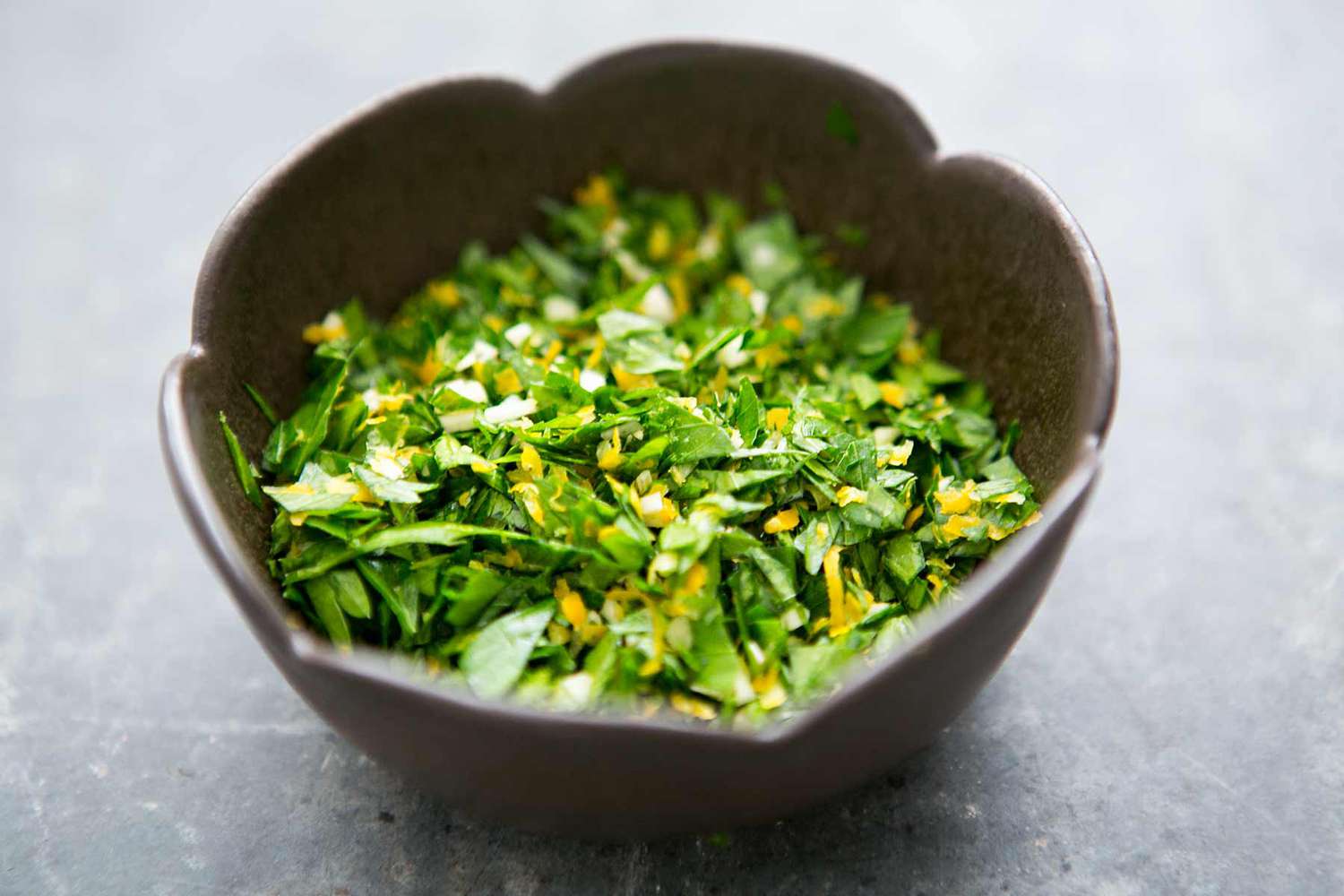
Gremolata is a simple Italian condiment from finely chopped parsley, garlic, and lemon zest.
The ingredients are mixed in equal parts, creating a bright green, slightly chunky mixture.
Gremolata has a fresh, zesty flavor that adds a pop of brightness to rich, hearty dishes.
It is traditionally served with osso buco (braised veal shanks) but can also be used to garnish other meats, fish, or vegetables.
Gremolata can also be stirred into soups, stews, or pasta dishes for fresh flavor.
- Origin: Italy
- Flavor Profile: Fresh, zesty, and slightly pungent
16. Peri Peri Sauce
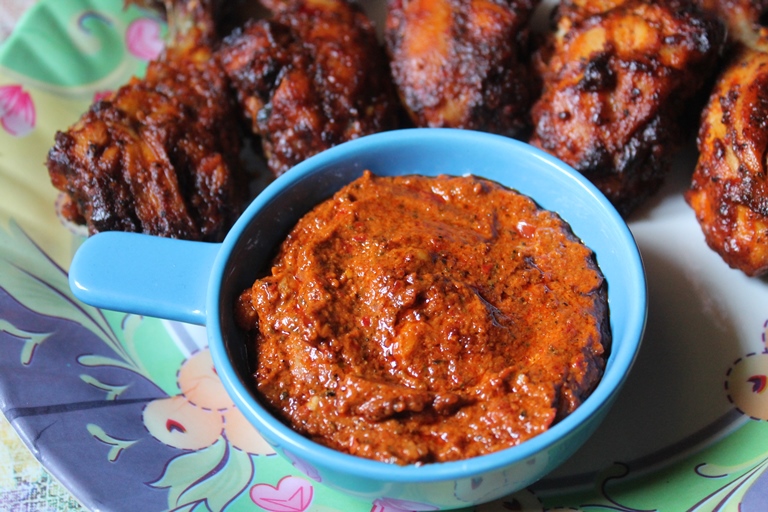
Peri peri sauce, also known as piri piri, is a spicy and tangy sauce that originated in Portugal and is popular in many African countries.
It is made from African bird’s eye chili peppers, garlic, lemon juice, and olive oil.
The chili peppers are blended with the other ingredients until smooth, creating a vibrant red sauce with a thin, slightly oily consistency.
Peri sauce has a fiery heat level and a bright, citrusy flavor that pairs well with grilled meats, particularly chicken.
It can also be used as a marinade, dipping sauce, or condiment for sandwiches and wraps.
- Origin: Portugal, African countries
- Flavor Profile: Spicy, tangy, and slightly citrusy
17. Satay Sauce
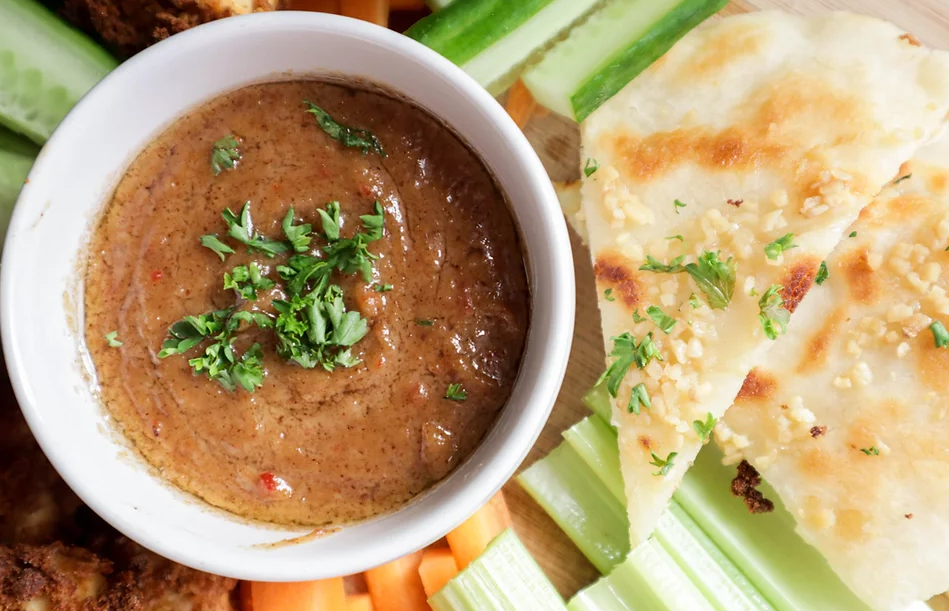
Satay sauce, also known as peanut sauce, is a creamy and flavorful Indonesian condiment popular throughout Southeast Asia.
It is made from roasted peanuts, coconut milk, soy sauce, palm sugar, and spices like garlic, ginger, and chili peppers.
The ingredients are blended until smooth, resulting in a thick, rich sauce with a brownish-orange color.
Satay sauce has a complex sweet, savory, and slightly spicy flavor that complements grilled meats, particularly the Indonesian dish satay (skewered and grilled meat).
It can also be used as a dipping sauce for spring rolls and vegetables or as a dressing for noodle dishes.
- Origin: Indonesia, Southeast Asia
- Flavor Profile: Sweet, savory, and slightly spicy
18. Zhug Sauce
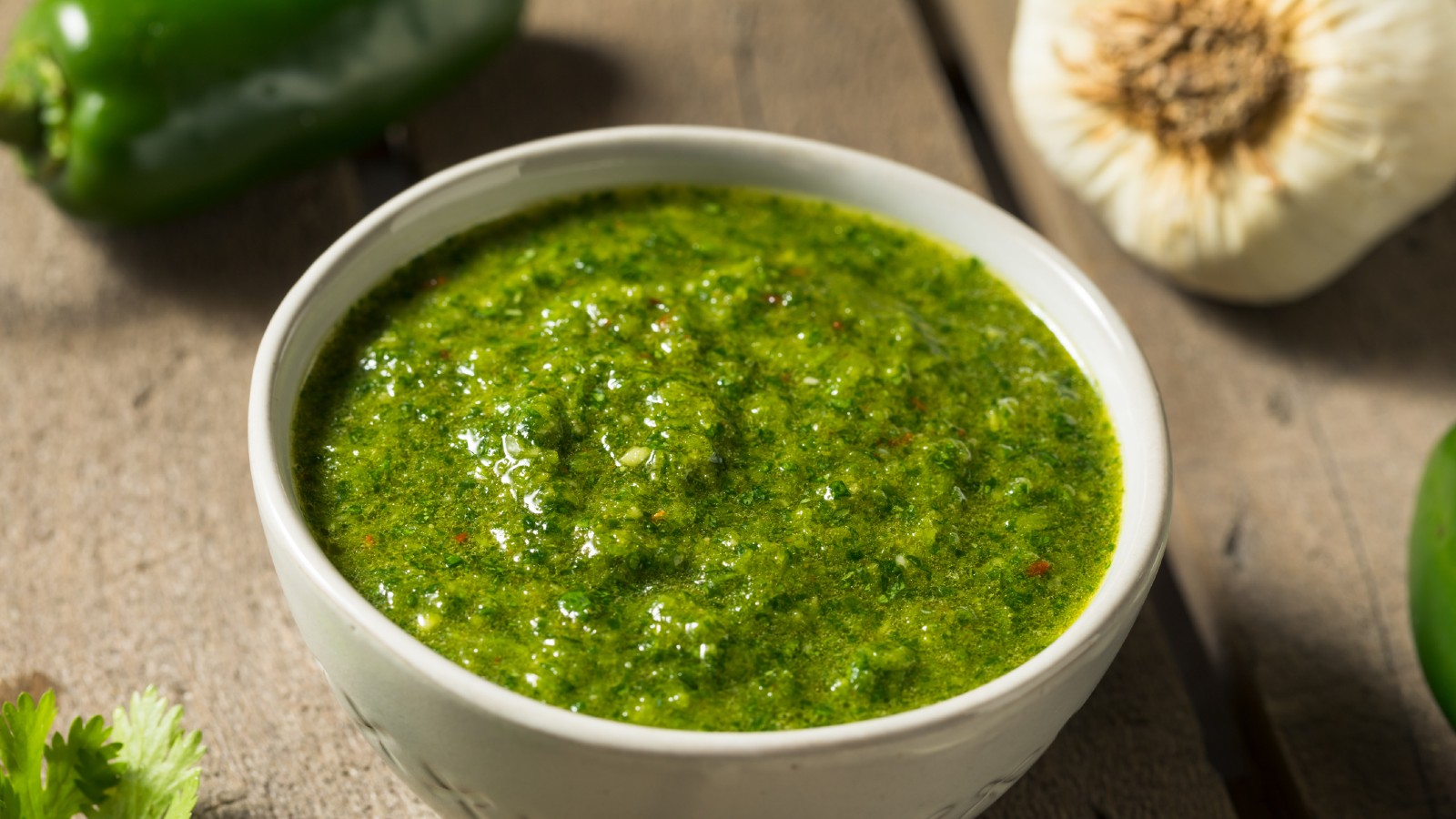
Zhug, also known as skhug or sahawiq, is a spicy and herbaceous condiment that originated in Yemeni cuisine and is popular throughout the Middle East.
It is made from fresh green chili peppers, cilantro, garlic, cardamom, and cumin, blended with olive oil until it forms a thick, chunky paste.
Zhug has a bright green color and a fiery, aromatic flavor with a subtle hint of smokiness from the spices.
It is often served as a dip for bread, a condiment for falafel or shawarma, or a sauce for grilled meats and vegetables.
Zhug can also be stirred into soups, stews, or rice dishes for added heat and flavor.
- Origin: Yemen, Middle East
- Flavor Profile: Spicy, herbaceous, and slightly smoky
19. Salsa Criolla
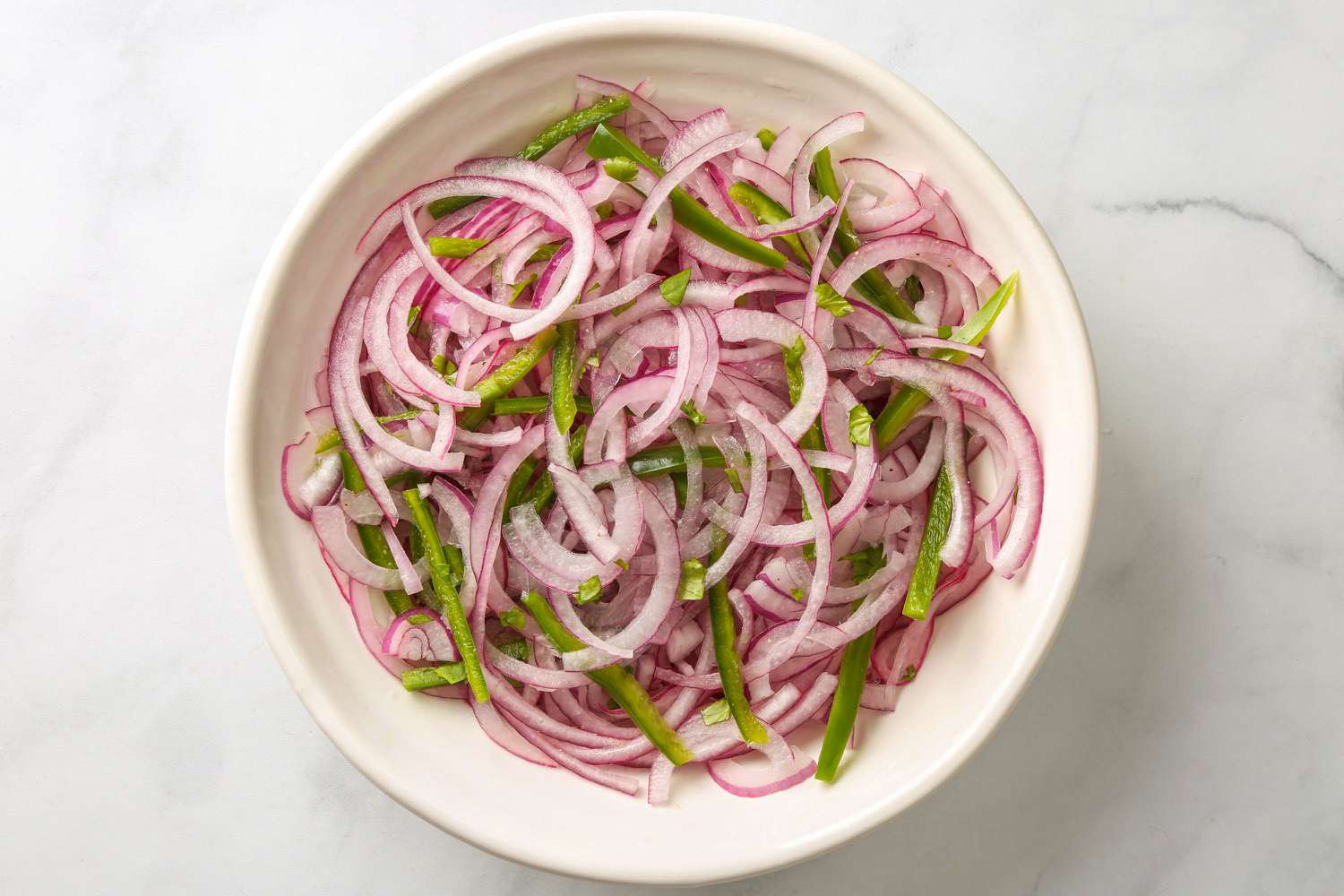
Salsa Criolla is a refreshing and tangy Peruvian condiment made from thinly sliced red onions, chili peppers, and lime juice.
The onions are marinated in the lime juice along with salt and sometimes a pinch of sugar, which helps to soften their sharp flavor and create a bright pink color.
Salsa criolla has a crunchy texture and a zesty, slightly spicy flavor that is a perfect foil for rich, hearty dishes.
It is traditionally served with grilled meats, particularly anticuchos (skewered and grilled beef heart), but can also be used as a topping for burgers, hot dogs, or tacos.
- Origin: Peru
- Flavor Profile: Tangy, slightly spicy, and refreshing
20. Ajvar
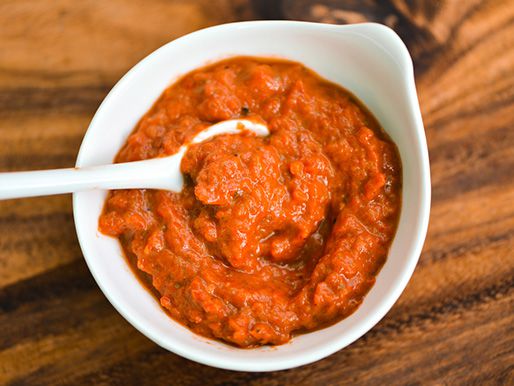
Ajvar is a versatile roasted red pepper and eggplant condiment popular throughout the Balkans.
It is made by roasting red bell peppers and eggplants over an open flame until charred, then peeling and blending them with garlic, olive oil, and sometimes chili peppers for added heat.
The resulting spread has a smooth, velvety texture and a deep red color.
Ajvar has a smoky, slightly sweet flavor with a hint of tanginess from the vinegar or lemon juice that is sometimes added.
It is often served as a dip for bread, a spread for sandwiches, or a condiment for grilled meats and vegetables.
Ajvar can also be used as a base for stews, sauces, or pasta topping.
- Origin: Balkans (Serbia, Macedonia, Bulgaria)
- Flavor Profile: Smoky, slightly sweet, and mildly tangy
21. Mole Negro

Mole negro is a rich and complex Mexican sauce made from a variety of dried chili peppers, spices, nuts, seeds, and chocolate.
The ingredients are toasted, ground, and blended until smooth, creating a thick, dark sauce with a velvety texture.
Mole negro has a deep, earthy flavor with notes of smoke, chocolate, and a subtle sweetness from the fruit and spices.
It is traditionally served with turkey or chicken but can also be used as a sauce for enchiladas or burritos or as a dip for tortilla chips.
- Origin: Mexico (Oaxaca)
- Flavor Profile: Earthy, smoky, and slightly sweet
22. Ras el Hanout Sauce

Ras el hanout sauce is a fragrant and spicy North African sauce made from aromatic spices, tomatoes, and olive oil.
The spice blend typically includes cardamom, cinnamon, cloves, coriander, cumin, paprika, and turmeric.
The spices are mixed with tomato paste, olive oil, and sometimes harissa (a spicy chili paste) to create a thick, reddish-brown sauce.
Ras el hanout sauce has a warm, complex flavor with a balanced mix of sweet, savory, and spicy notes.
It is often used as a marinade for grilled meats, a sauce for couscous or rice dishes, or a dip for bread.
- Origin: North Africa (Morocco, Algeria, Tunisia)
- Flavor Profile: Warm, aromatic, and slightly spicy
23. Gribiche Sauce
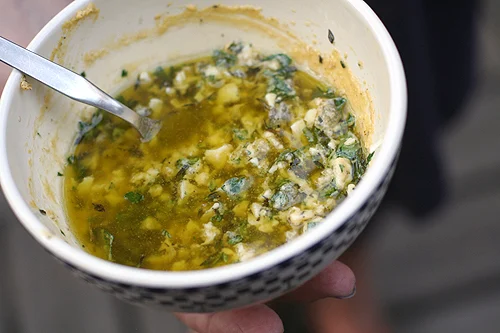
Gribiche sauce is a classic French condiment made from hard-boiled eggs, mustard, capers, cornichons, and herbs, all blended with olive oil until smooth.
The sauce has a pale yellow color and a thick, creamy consistency.
Gribiche has a tangy, slightly salty flavor with a hint of sweetness from the cornichons and a subtle crunch from the capers.
It is traditionally served with cold meats, fish, or vegetables, particularly asparagus, but can also be used as a dip for crudités or as a spread for sandwiches.
- Origin: France
- Flavor Profile: Tangy, slightly salty, and creamy
24. Guasacaca Sauce

Guasacaca is a zesty and refreshing Venezuelan condiment made from avocados, green bell peppers, onions, garlic, cilantro, and lime juice.
The ingredients are blended until smooth, resulting in a bright green sauce with a thick, creamy texture.
Guasacaca has a fresh, tangy flavor with a slight kick from the garlic and a hint of sweetness from the avocados.
It is often served as a dip for arepas (Venezuelan corn cakes), empanadas, or plantain chips but can also be used as a sauce for grilled meats, fish, or vegetables.
- Origin: Venezuela
- Flavor Profile: Fresh, tangy, and slightly creamy
25. Horseradish Sauce
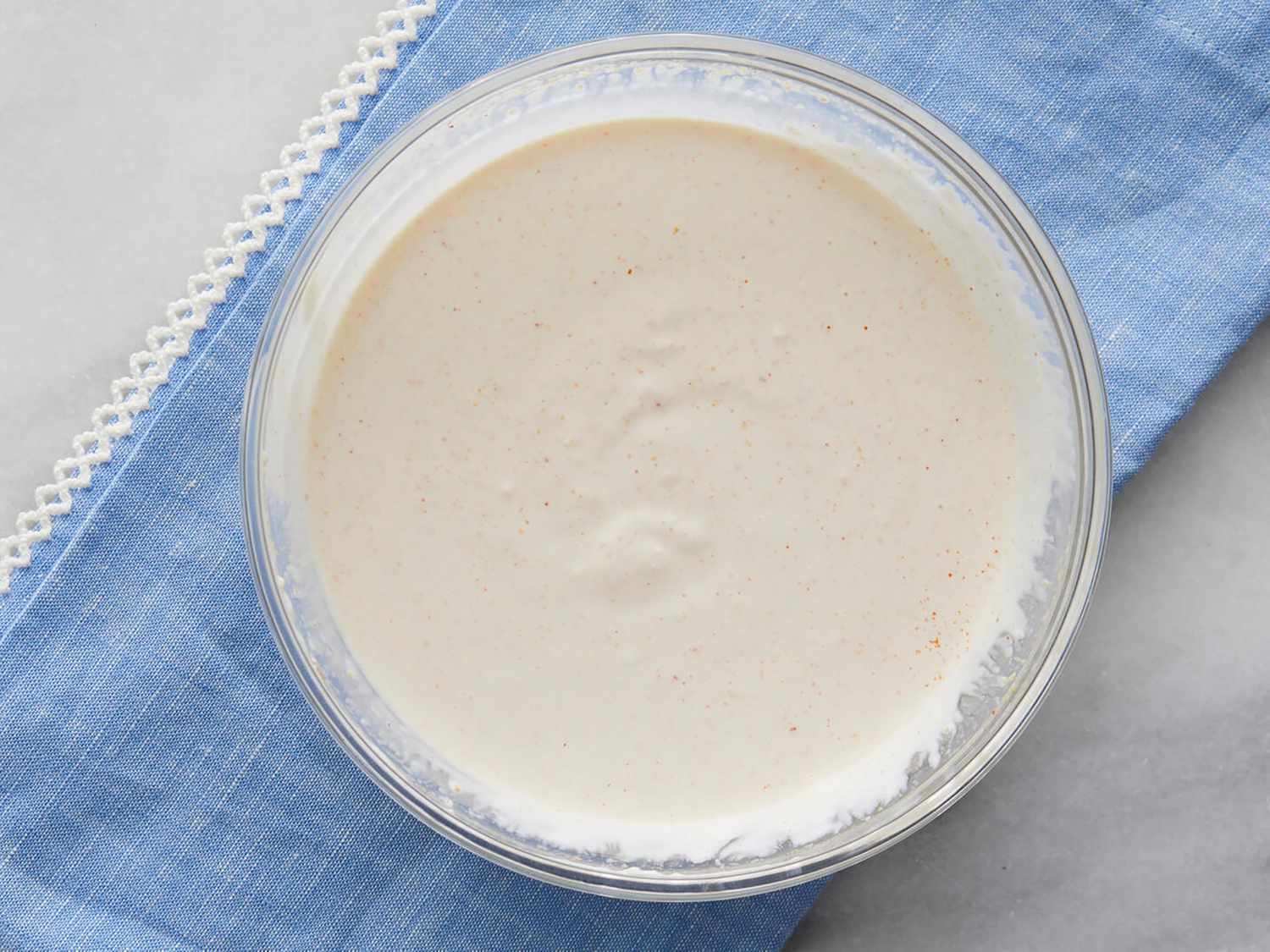
Horseradish sauce is an aromatic and spicy condiment made from grated horseradish root, vinegar, and sometimes cream or sour cream.
The horseradish root is peeled and grated, then mixed with vinegar and other ingredients until it forms a thick, creamy sauce. Horseradish sauce has a sharp, peppery flavor with a strong, sinus-clearing heat that can bring tears to your eyes.
It is often served with roast beef, prime rib, or as a condiment for sandwiches and burgers.
Horseradish sauce can also be used as a dip for vegetables or mixed into mashed potatoes for added flavor.
- Origin: Eastern Europe (Poland, Hungary, Russia)
- Flavor Profile: Sharp, spicy, and savory
26. Agrodolce Sauce

Agrodolce is a sweet and sour Italian sauce made from reduced wine vinegar and sugar, often flavored with fruit, nuts, or spices.
The vinegar and sugar are simmered until syrupy, then mixed with ingredients like raisins, pine nuts, or cinnamon to create a thick, glossy sauce.
Agrodolce has a balanced sweet and tangy flavor with a slight fruitiness from the raisins and a subtle nuttiness from the pine nuts.
It is traditionally served with rich, fatty meats like pork or duck but can also be used as a glaze for vegetables or as a dipping sauce for bread.
- Origin: Italy
- Flavor Profile: Sweet, tangy, and slightly fruity
27. Chamoy Sauce
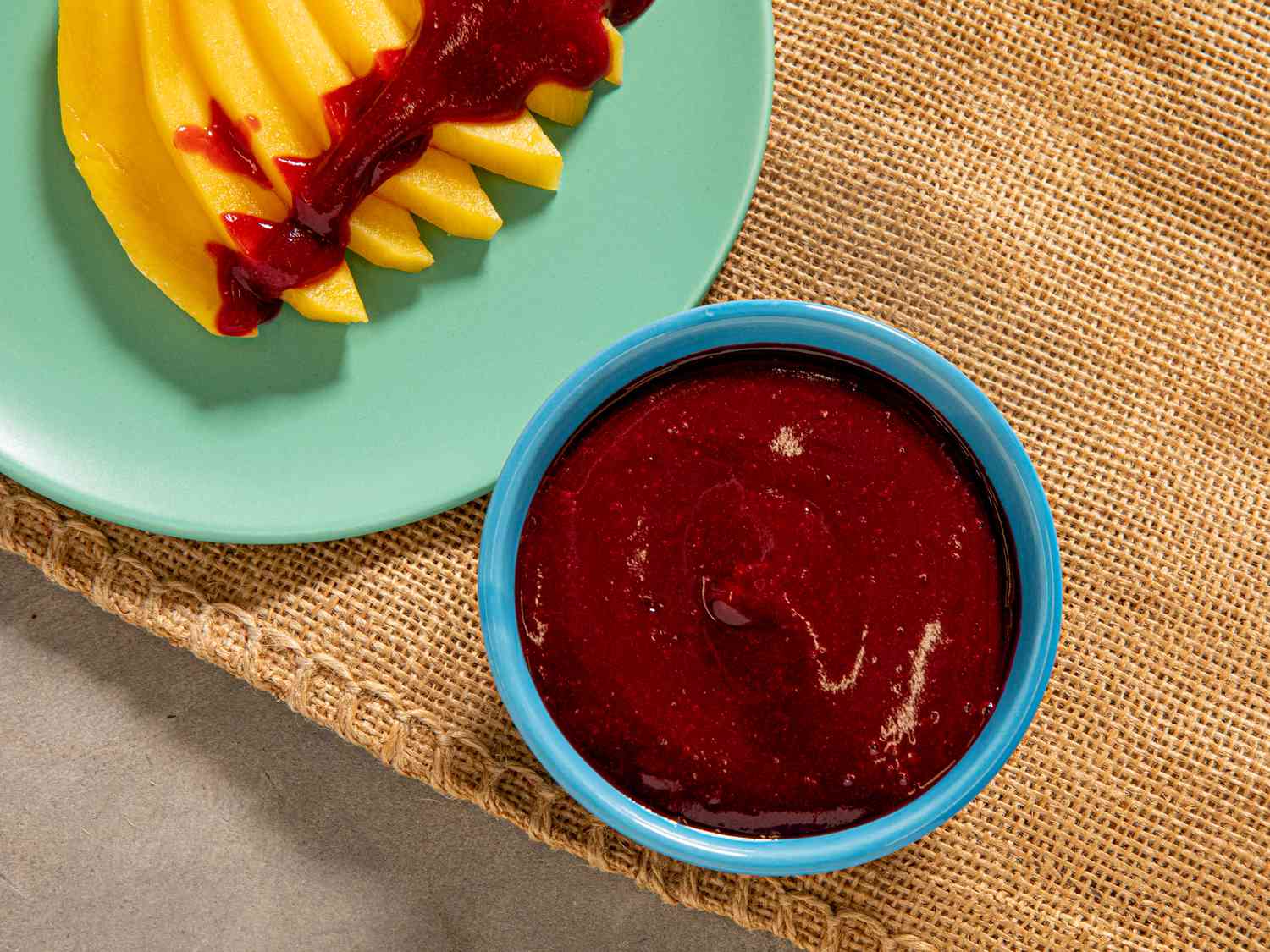
Chamoy is a sweet, sour, and spicy Mexican condiment from pickled fruit, chili peppers, and lime juice.
The fruit, typically apricots or plums, is pickled in a brine of salt, sugar, and chili powder until soft and tangy.
The pickled fruit is then blended with chili peppers, lime juice, and sometimes a thickener like corn syrup or xanthan gum to create a thick, syrupy sauce.
Chamoy has a complex flavor profile with a sweetness, acidity, and heat balance.
It is often used as a dip for fresh fruit, a topping for ice cream or sorbet, or as a sauce for savory snacks like chips or chicharrones.
- Origin: Mexico
- Flavor Profile: Sweet, sour, and spicy
28. Pickapeppa Sauce
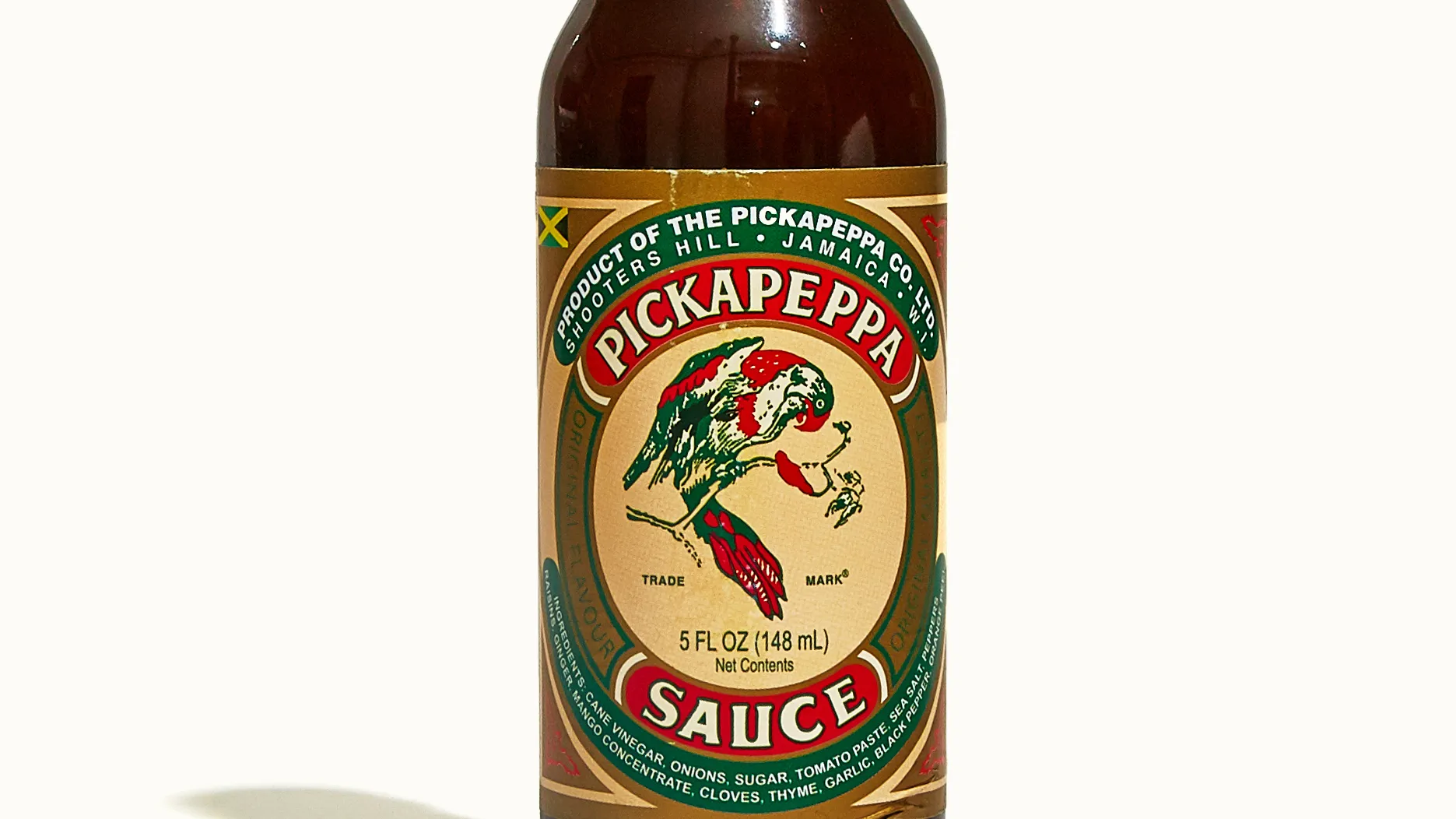
Pickapeppa sauce is a spicy and tangy Jamaican condiment made from ripe tomatoes, onions, sugar cane vinegar, mangoes, raisins, and spices.
The ingredients are cooked down until thick and syrupy, creating a dark brown sauce with a glossy sheen.
Pickapeppa has a complex sweet and sour flavor with a hint of fruitiness from the mangoes and raisins and a subtle spiciness from the ginger and black pepper.
It is often used as a marinade for jerk chicken or pork, a sauce for grilled meats or seafood, or a condiment for rice and beans.
- Origin: Jamaica
- Flavor Profile: Sweet, sour, and slightly spicy
29. Ssamjang Sauce
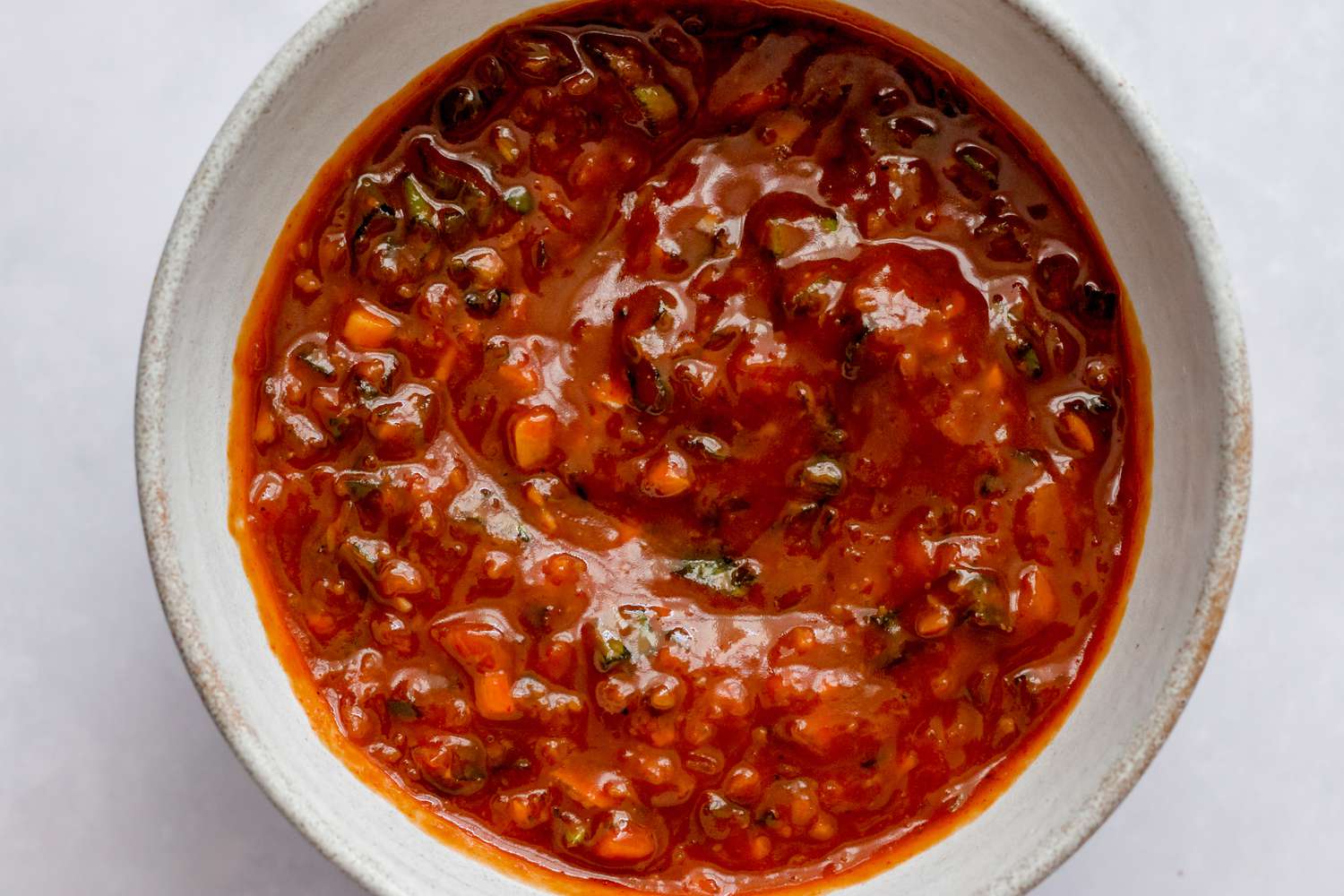
Ssamjang is a thick and savory Korean dipping sauce made from doenjang (fermented soybean paste), gochujang (red chili paste), sesame oil, garlic, and sometimes honey or sugar.
The ingredients are mixed until smooth, creating a reddish-brown sauce with a chunky texture.
Ssamjang has a rich umami flavor with a balance of saltiness, sweetness, and a subtle heat from the gochujang.
It is traditionally served with grilled meats, particularly Korean BBQ, as a dipping sauce for lettuce wraps. Ssamjang can also be used as a bibimbap sauce or a spread for sandwiches.
- Origin: South Korea
- Flavor Profile: Savory, slightly sweet, and mildly spicy
30. Muhammara Sauce
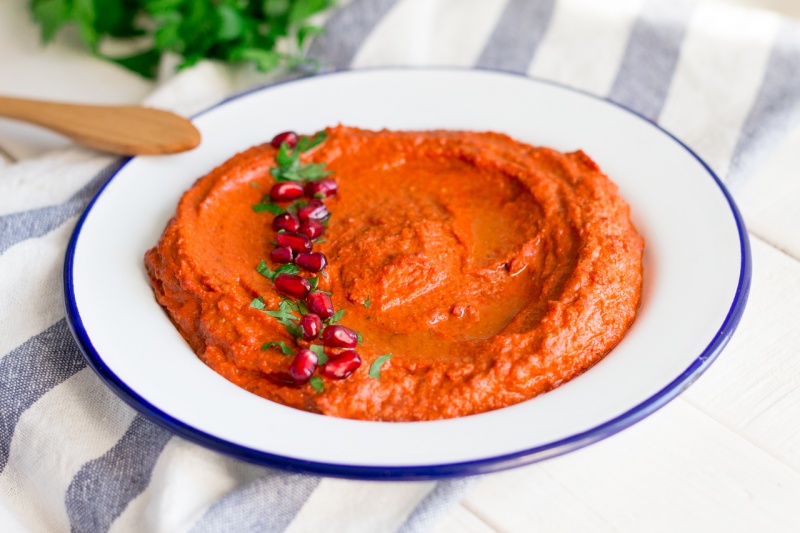
Muhammara is a spicy and nutty Middle Eastern dip made from roasted red peppers, walnuts, breadcrumbs, pomegranate molasses, and spices.
The peppers are roasted until charred, then blended with the other ingredients until smooth and creamy. Muhammara has a vibrant reddish-orange color and a thick, spreadable consistency.
It has a complex, sweet, and tangy flavor with a hint of smokiness from the roasted peppers and a subtle crunch from the walnuts.
Muhammara is often served as a mezze dish alongside other dips like hummus and baba ghanoush or as a sauce for grilled meats and vegetables.
- Origin: Syria, Lebanon
- Flavor Profile: Sweet, tangy, and slightly smoky
31. Sambal Matah

Sambal matah is a spicy, fresh Indonesian condiment from shallots, lemongrass, chili peppers, and lime juice.
The ingredients are thinly sliced and mixed with coconut oil, creating a loose, oily, bright red and green sauce.
The chili peppers’ fiery heat is balanced by the shallots’ sweetness and the lime juice’s citrusy tang in sambal matah.
It is often served as a condiment for grilled seafood or meat, particularly babi guling (Balinese roast pork), or mixed into stir-fries and noodle dishes.
- Origin: Indonesia (Bali)
- Flavor Profile: Spicy, citrusy, and slightly sweet
32. Salsa Macha
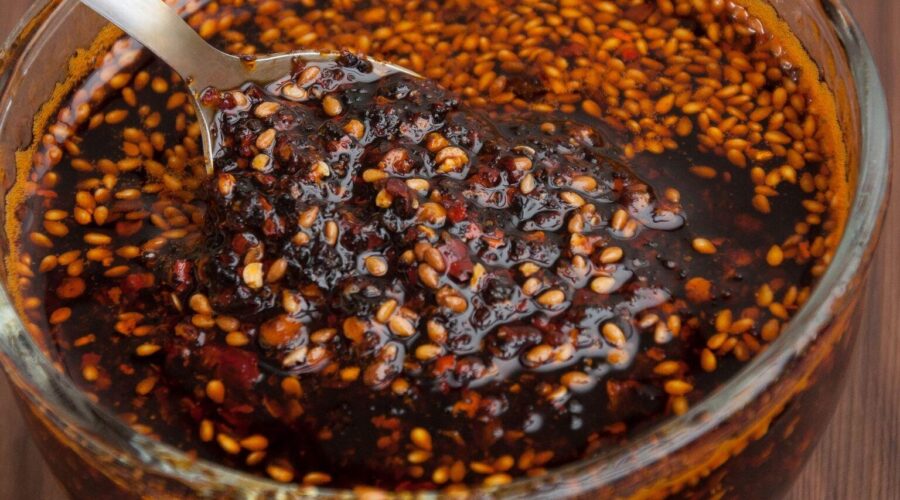
Salsa Macha is a spicy and nutty Mexican condiment made from dried chili peppers, garlic, and nuts or seeds.
The chili peppers are toasted until fragrant, then ground into a coarse powder and mixed with garlic, nuts (usually peanuts or almonds), and oil to create a thick, chunky sauce.
Salsa macha has a deep, earthy flavor with a pronounced heat from the chili peppers and a subtle crunch from the nuts.
It is often served as a condiment for tacos, quesadillas, or other Mexican dishes or used as a marinade for grilled meats.
- Origin: Mexico
- Flavor Profile: Spicy, nutty, and slightly earthy
33. Lechon Sauce
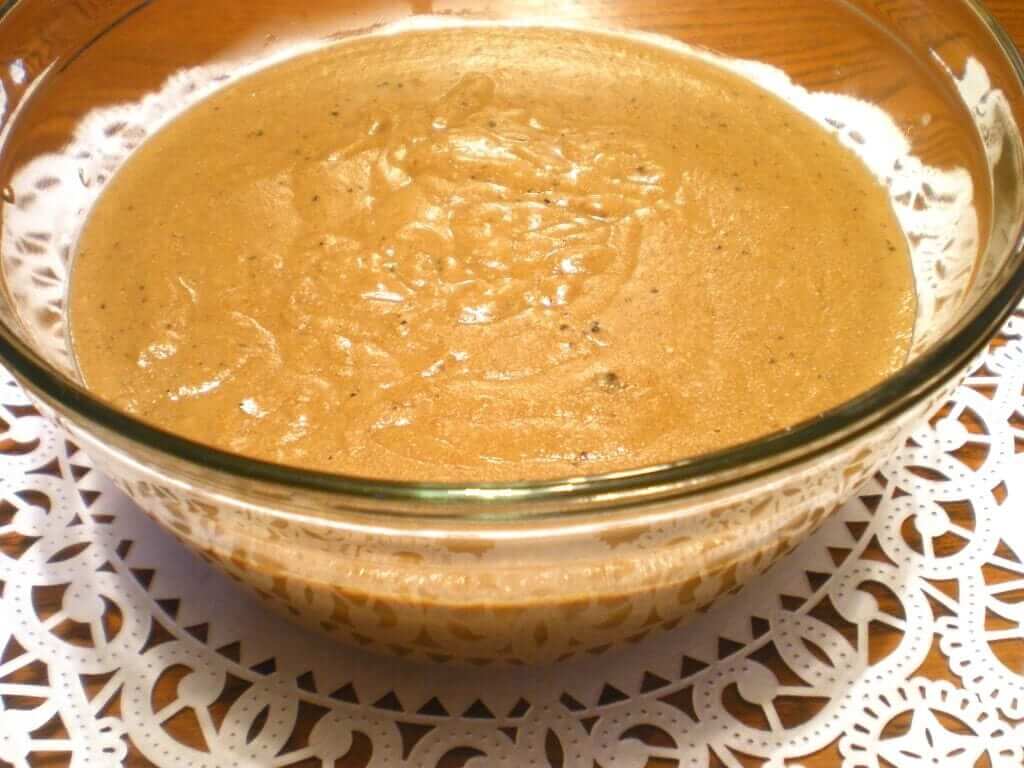
Lechon sauce is a tangy and savory Filipino condiment made from liver pâté, vinegar, sugar, and spices.
The liver pâté is blended with the other ingredients until smooth, creating a thin, brownish-orange sauce with a glossy sheen.
Lechon sauce has a rich umami flavor with a balance of acidity from the vinegar, sweetness from the sugar, and a subtle bitterness from the liver.
It is traditionally served with lechon (roasted pork) but can also be used as a dipping sauce for Filipino dishes like lumpia or as a sauce for noodles.
- Origin: Philippines
- Flavor Profile: Tangy, savory, and slightly bitter
34. Chakalaka Sauce
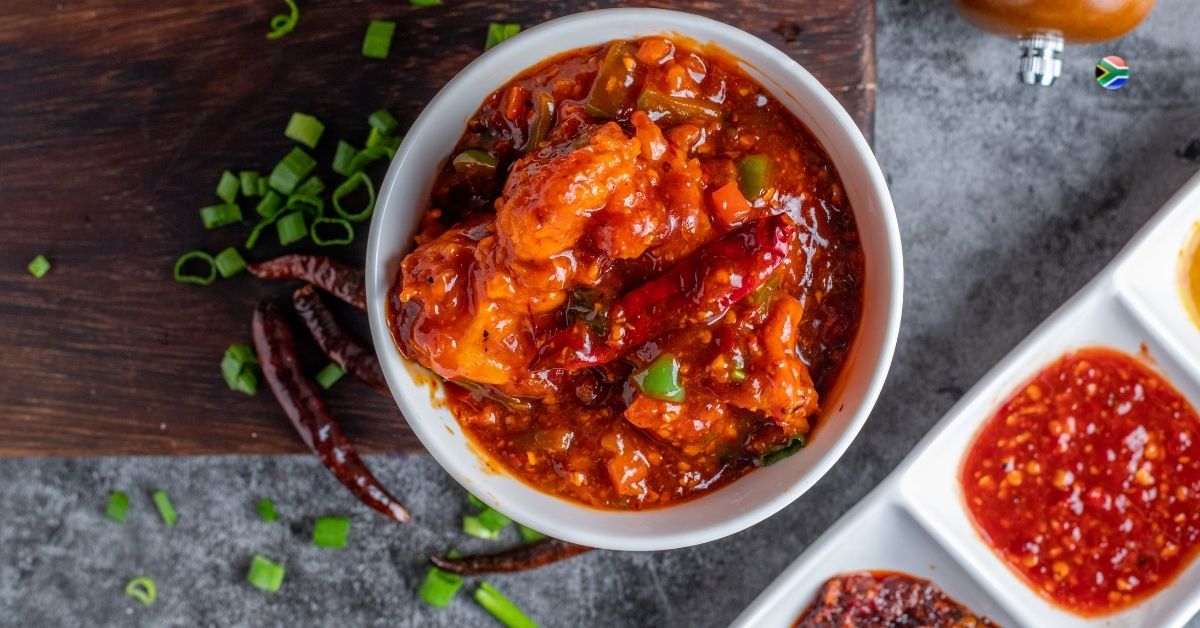
Chakalaka is a spicy and tangy South African relish made from onions, tomatoes, bell peppers, carrots, and beans.
The vegetables are chopped and simmered with spices like curry powder, paprika, and chili peppers until tender and flavorful.
Chakalaka has a bright, colorful appearance, chunky texture, and slightly oily consistency.
It has a bold, zesty flavor with a balance of sweetness from the vegetables and a moderate heat from the chili peppers.
Chakalaka is often served as a condiment for grilled meats, particularly boerewors (South African sausage), or as a side dish for braai (South African barbecue).
- Origin: South Africa
- Flavor Profile: Spicy, tangy, and slightly sweet
35. Salmoriglio Sauce
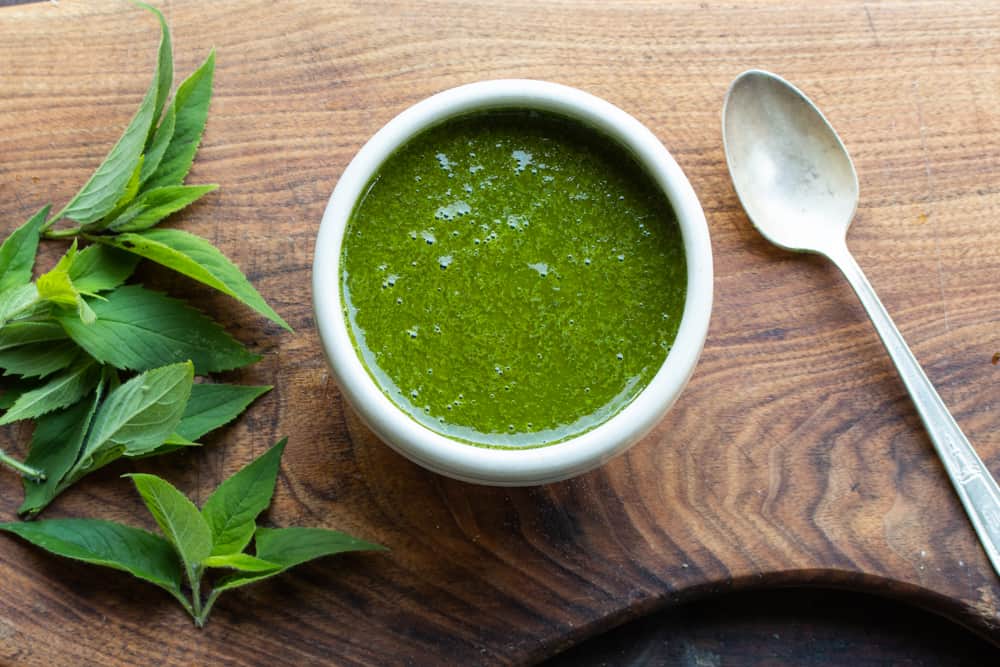
Salmoriglio is a tangy and herbaceous Italian condiment from lemon juice, olive oil, garlic, and oregano.
The ingredients are whisked together until emulsified, creating a thin, yellowish-green sauce with a glossy sheen.
Salmoriglio has a bright, zesty flavor with a pronounced acidity from the lemon juice and a subtle bitterness from the oregano.
It is traditionally served with grilled fish, particularly swordfish, but can also be used as a marinade for chicken or pork, or as a salad dressing.
- Origin: Italy (Sicily)
- Flavor Profile: Tangy, herbaceous, and slightly bitter
36. Bagna Cauda
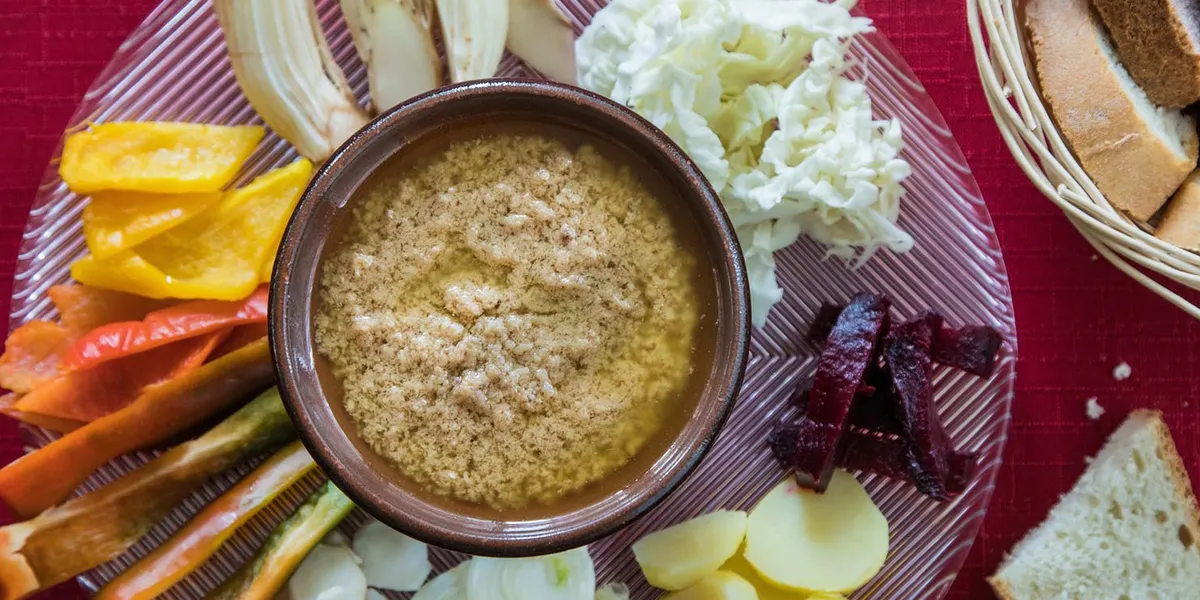
An Italian dipping sauce made from garlic, anchovies, olive oil, and butter.
The ingredients are slowly cooked until they form a smooth, savory sauce.
Bagna cauda has a rich, umami flavor and is traditionally served warm as a dip for raw or cooked vegetables.
- Origin: Italy (Piedmont)
- Flavor Profile: Savory, garlicky, and slightly salty
37. Banana Ketchup
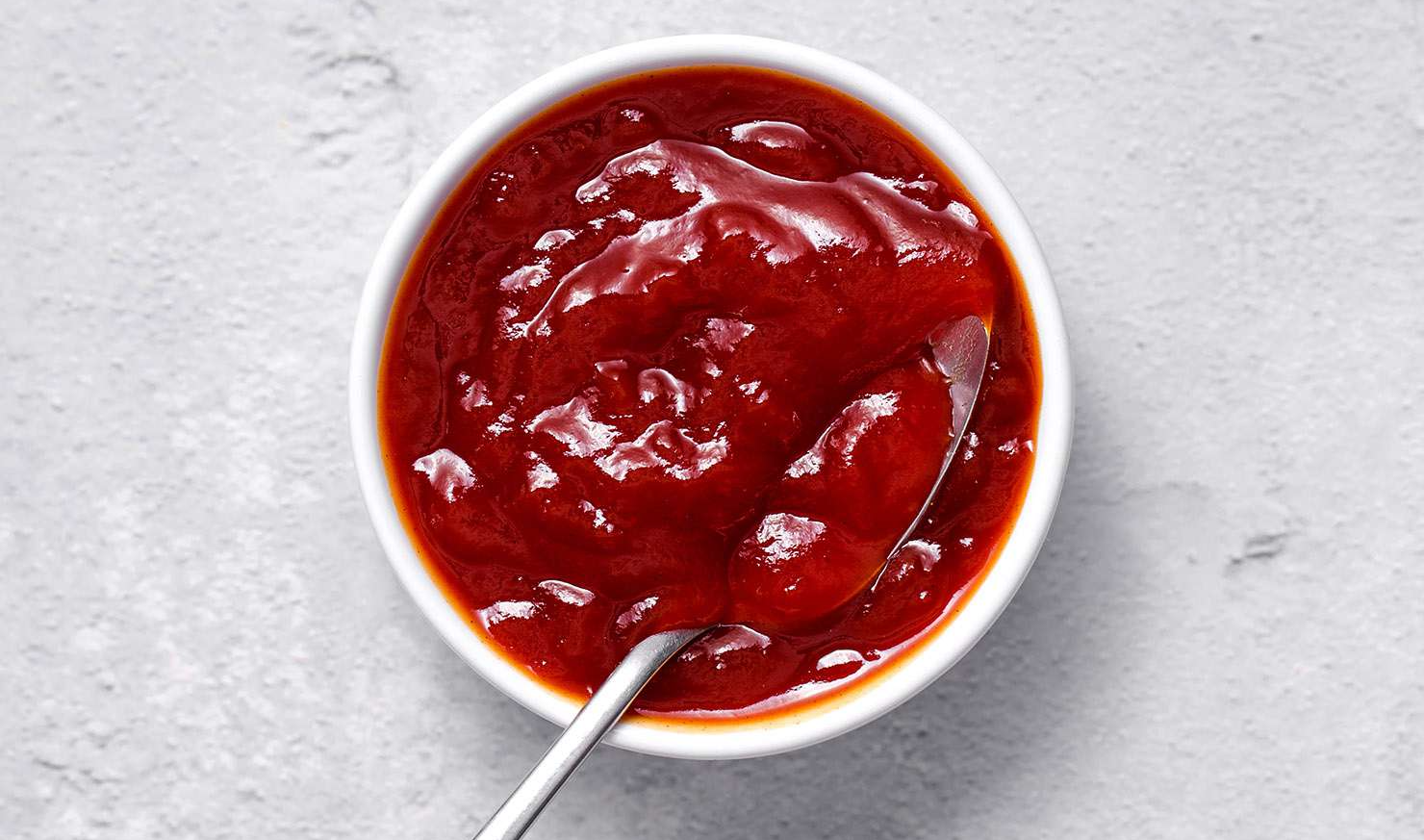
Banana ketchup is a sweet, tangy Filipino condiment made from mashed bananas, vinegar, sugar, and spices.
The bananas are cooked down with the other ingredients until thick and smooth, creating a reddish-brown sauce with a glossy sheen.
Banana ketchup has a similar flavor profile to tomato ketchup, with a balance of sweetness and acidity but a subtle fruitiness from the bananas.
It is often served as a condiment for fried dishes like lumpia or french fries or used as a marinade for grilled meats.
- Origin: Philippines
- Flavor Profile: Sweet, tangy, and slightly fruity
38. Yuzu Kosho
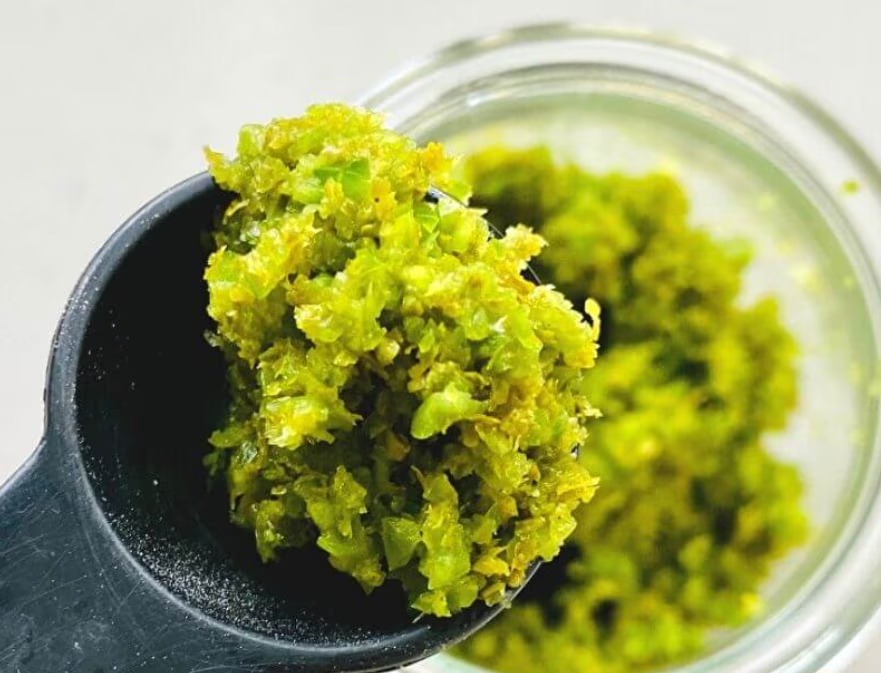
Yuzu kosho is a spicy and citrusy Japanese condiment made from yuzu zest, chili peppers, and salt.
The ingredients are mixed and fermented for several days, creating a thick, paste-like condiment with a bright yellow-green color.
Yuzu kosho has an intense, aromatic flavor with a pronounced heat from the chili peppers and a tangy, slightly bitter note from the yuzu zest.
It is often used as a seasoning for grilled meats, seafood, noodle dishes or mixed into dipping sauces and dressings.
- Origin: Japan
- Flavor Profile: Spicy, citrusy, and slightly bitter
39. Tarator Sauce
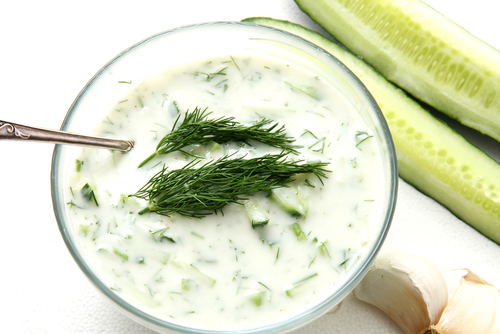
Tarator is a creamy and nutty Bulgarian condiment made from walnuts, garlic, breadcrumbs, and yogurt.
The walnuts are ground into a fine paste and mixed with the other ingredients until smooth, creating a thick, white sauce with a slightly grainy texture.
Tarator has a rich, garlicky flavor with a subtle sweetness from the walnuts and a tangy note from the yogurt.
It is often served as a dip for crudités or pita bread or as a sauce for grilled meats and vegetables.
- Origin: Bulgaria
- Flavor Profile: Creamy, nutty, and slightly tangy
Conclusion
From the tangy, herbaceous Chimichurri of Argentina and Uruguay to the spicy, nutty Muhammara of Syria and Lebanon, these sauces demonstrate global cuisine’s incredible diversity and creativity.
Incorporating these sauces into your cooking can add new dimensions of flavor, depth, and excitement to your dishes.
Whether you’re grilling meats, roasting vegetables, or looking for the perfect dip or spread, a sauce on this list will suit your needs and tantalize your taste buds.
So, what’s next on your culinary journey? Try experimenting with one or more of these sauces in your kitchen, and let your creativity run wild.
Share your experiences, recipes, and photos in the comments below, and join the conversation with fellow food enthusiasts.











